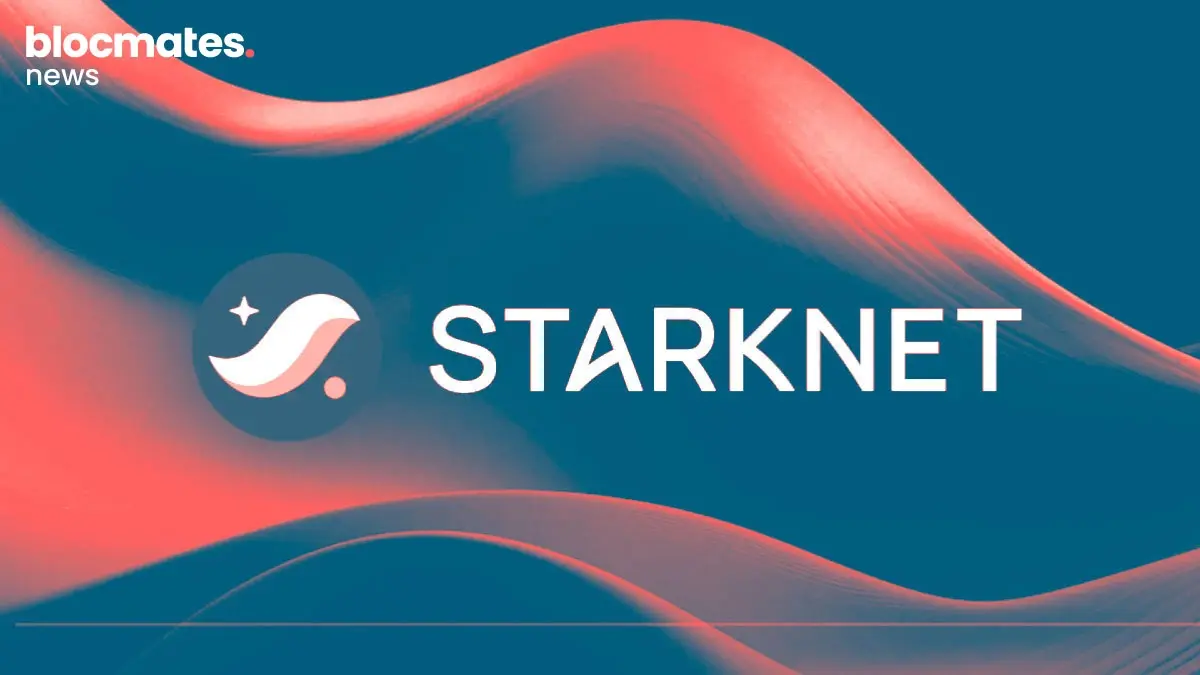Ape-tizers
- Pump.fun pioneered the memecoin-focused bonding curve mechanism on Solana.
- Wild success and ease of development accelerated a competitive environment in Solana’s Launchpad sector.
- Pump.fun’s waning mindshare and dwindling market share present an opportunity for a new market leader. LetsBonk.fun?
Seriously, if you’ve had an active Netflix or Hulu subscription in the past few months and weeks, it might be time to reconsider and stop throwing dollars to the wind.
All you need is just a bit more time on CT, and I promise you’ll enjoy infinitely better entertainment than what you’ll get on any movie streaming app.
This week's show is called “The Launchpad Wars.” Let’s lay out the plot so that you can get the full picture.
Background
Memecoins have sort of always been a thing in crypto for a long time; however, during the previous cycle, things got a little bit more spicy as memes became more mechanical with the introduction of the standardized memecoin-focused bonding curve mechanism.
Now, if you’re unfamiliar with it, the bonding curve mechanism is a mathematical pricing model that defines the relationship between token supply and price. The mechanism is used to curb reliance on presales and enable fair launches of memecoins, reducing rugpulls while providing liquidity for the token.
Here’s how it works.
When a token is launched, part of its supply goes into a bonding curve, and the rest is set aside to provide liquidity later on. As people start buying the token, the price moves along the bonding curve, meaning the more tokens sold, the higher the price climbs.
Once the token hits a certain price threshold, it “bonds” and officially migrates to a DEX. At that point, the reserved liquidity gets added to the DEX pool, and the LP tokens are burned, which helps prevent rug pulls and improves trust in the system.
Pump.fun pioneered this formula and mechanism for memecoins, becoming the first mover and as such, owning a significant portion of the market share.
Moreover, as crypto participants grew less enthusiastic and more bearish on altcoins, memecoins became more attractive than ever!
The mania was on full blast, and in less than a year of Pump.fun going live, they had amassed an impressive amount of profit, becoming the fastest growing crypto app in history by reaching $100 million in revenue in 217 days!
Naturally, this feat began to send signals to both existing projects and fresh ones that there was a lunch to be eaten, a game to be played, a war that could be fought with the goal of snatching or stealing Pump.fun’s dominance in Solana’s memecoin Flavian amphitheater.

The War - Pump.fun, Boop.fun, LetsBonk, BelieveApp, LaunchLab, Moonshot & Others
Before we get into the comparisons, mechanics, and metrics for the above-listed launchpads, it’s essential to understand why this can be classified as a war.
Pump.fun’s revenue has soared past $700 million, and the app isn’t even 2.5 years old. If that number sounds wild to you, it’s because it is. The success is nothing short of spectacular. And you’re not the only one who thinks so.
Other projects have taken notice. In fact, even DEXs that benefited from the memecoin frenzy and the success of Pump.fun’s bonding curve model began to eye a slice of that pie.
Raydium, for example, saw a spike in activity thanks to the influx of tokens bonding through Pump.fun and seeding their liquidity on the DEX.
But they didn’t just sit back and enjoy the traffic; they took things a step further by launching LaunchLab, their own bonding curve launchpad and a direct competitor to Pump.fun.
The list goes on. Jupiter rolled out Jup Studio, Dexscreener came in hot with Moonshot, and Bonk’s ecosystem launched LetsBonk.fun.
Even some OGs jumped into the game, like PancakeSwap’s co-founder with Boop.fun, Ben Pasternak with BelieveApp (Launchcoin), plus platforms like Blnk.fun, Dev.fun, and plenty more that haven’t even been mentioned, yet.
Sure, the goal was to grab some market share from this new wave of innovation, but it wasn’t just about chasing Pump.fun’s eye-popping revenue.
These alternative launchpads came in with their own angles, specific moats they believed could act as strategic loopholes to draw in users who were launching or trading pre-bonded memecoins on Pump.fun.
In the next section, we will examine a few of these launchpads, analyzing those that pose a competitive threat to Pump.fun’s sustained dominance of the Launchpad sector on Solana and those that still have quite a long way to go.
Launchpad Moat Analysis
In this analysis, we will briefly examine these alternative platforms and what they do differently from the market leader in terms of revenue and sustained market share (Pump.fun).
We will examine their launch mechanics, fees, graduation stats, momentum, flywheel, competitive advantage, and provide data on their performance.
But before we get started, let’s examine some of Pump.fun’s lifetime metrics to give us some perspective on any meaningful comparison.




It is also important to note that Pump.fun launched its own DEX called PumpSwap, deploying liquidity for tokens created on its launchpad to the DEX, a move aimed at monopolizing the pipeline, from token creation to public trading, thereby capturing more fees than obtainable when utilizing external DEXs such as Raydium or Meteora.
LetsBonk.fun
LetsBonk.fun is a Bonk ecosystem launchpad that launched in April of this year. The launchpad operates on external infrastructure (LaunchLab).
Bonk as an ecosystem is pretty detailed, there’s the $BONK memecoin, which kinda kickstarted the whole thing, a trading bot, a new trading terminal called Telemetry, a sophisticated community, and just so many other parts to the ecosystem.
LetBonkFun operates an almost identical bonding mechanism to Pump.fun, so in terms of innovation, it doesn’t really stand out.
However, it does operate differently from Pump.fun when it comes to incentives and handling revenue.
A portion of the platform’s fees (e.g., 1% swap fee and 0.1 - 0.2% post-migration volume fee) is allocated to buy back and burn $BONK tokens, reducing the circulating supply of BONK and creating deflationary pressure.
Specifically, this amounts to 30% of LetsBonk.fun’s revenue used for BONK buybacks and burns.

On the other hand, Pump.fun has been criticized for extracting and converting its revenue to USDC, failing to reinvest into the ecosystem, and leaving participants wary of its goodwill.
At the moment, LetsBonk.fun is getting all the hype, stealing a significant portion of Pump.fun’s market share and even recently flipping Pump.fun in key metrics, such as the amount of tokens graduating to DEX.


These numbers have now surpassed Pump.fun’s, putting LetsBonk.fun ahead in terms of revenue generated.
A closer look also reveals that this apparent hostile takeover isn’t just limited to regular good ol’ metrics, even bad actors are making the shift, with serial rugging wallets now favoring LetsBonk.fun over Pump.fun for their launches.
Here’s a chart showing the trajectory of tokens created by this address: ”BwaVFCDJ4HfRfFWq1S23LHkk5VF4GKEw9oz7F1PxgcHv”

Despite edging Pump.fun in a good number of metrics, LetsBonk.fun is still behind in daily active users (DAUs), which is an opportunity for growth.
Beyond the Buyback and Burn program and the token creator incentives, where creators earn 10% of LP fees from locked positions, another major force behind LetsBonk.fun’s recent momentum is the social presence of key figures in its ecosystem.
Personalities like Bonk Guy (UNIPCS) and SolPortTom, the founder himself, have played a big role in marketing, keeping the community excited, and strengthening belief in the broader Bonk ecosystem.
Boop.fun
Boop.fun came alive in May this year and had a fair bit of time in the sun.
Now, as you already would’ve guessed, Boop.fun is a bonding curve launchpad, but with a slight tweak that sets it apart from others.
Boop.fun launched with the $BOOP token, and its entire platform is designed to accrue value back to the token, quite like $BONK.
Its bonding mechanism is similar to that of Pump.fun, albeit with a slight difference. For example, rather than 80% of the token reserved for price mechanics, only 75% is set aside. The other 25% is split; 20% for DEX liquidity, and 5% distributed to those who stake $BOOP tokens.
Another way Boop.fun feels different is in its steep graduation threshold.
For a token to graduate on Boop.fun, it has to reach 400 SOL in market cap value. Once it does, the remaining tokens and accumulated liquidity are seeded on a DEX, usually Raydium. If a creator holds 1% of the supply, post-migration, they begin to earn LP fees.
This design means that tokens launching on Boop.fun will require some extensive market traction before they are tradable on a DEX, thereby reducing the amount of tokens that migrate daily.
Here’s what the stats look like for Boop.fun:



The metrics suggest that Boop.fun hasn’t seen sustained growth since launch, and activity appears to fade with every tick of the clock.
And it’s not just the product that’s struggling. The native token, $BOOP, is also taking a hit. It is down 83% from its all-time high and has just $13K in trading volume at the time of writing.
LaunchCoin By BelieveApp
While you can argue that the first two launchpads mentioned above aren’t all that different from Pump.fun, BelieveApp is something a bit fresher.
I particularly like how Nairolf describes it:
“BelieveApp is a way to raise money for your idea, but also to test if people actually want it.”
BelieveApp utilizes a Meteora-powered SDK for its dynamic bonding curve mechanism (DBC). This choice of infrastructure allows BelieveApp to offer low-fee launches, customizable virtual curves, and a degree of flexibility.
Unlike the other launchpads mentioned, where tokens must be created directly on the platform, BelieveApp takes a more social-first approach.
Users can launch a token just by replying to any post from BelieveApp’s LaunchCoin account on X with the desired ticker. After a forensic review of the launcher’s account, BelieveApp reaches a consensus and, if approved, deploys the token.
Utilizing Meteroa’s DBC means that 100% of the supply for tokens launched through Launchcoin is available for trading. BelieveApp employs anti-sniper features to deter snipers and bots attempting to snag some of the supply.
The graduation threshold for BelieveApp coins is set at a $100k market cap, after which liquidity is deployed to a Meteora pool, and Meteora’s perpetual fee system supports the liquidity.
BelieveApp employs revenue sharing to attract users. A 1% fee is charged, and it is shared 50:50 between the token creator and BelieveApp.
However, of the half that accrues to BelieveApp, 10% goes to the “scouts,” individuals who identify promising tokens.
It’s important to mention that there has been some controversy around the payout of creator fees, with founder Ben Pasternak being called out a few times on the timeline.

That said, when compared to Boop.fun, which also has a relatively high bar for token graduation, BelieveApp appears to be performing better overall.
However, things have not been all that great lately.


At its peak, BelieveApp became the third most active launchpad behind Pump.fun and Meteora, raking in $14.7 million in revenue. However, this revenue has drastically reduced as of this writing, indicating strong user loyalty to competitors and a weak moat.
What this means is that BelieveApp will need to do more than a tweet-to-launch mechanism as a moat, to something more innovative, in order to healthily compete with its competitors.
Or maybe not! Maybe it’ll get its time in the sun again once everyone’s bored, VCs are extinct, and people are playing around with those ideas that they can’t fund.
Or, you can just ship the damn flywheel Mr.Pasternak.
Moonshot
As we mentioned before, Moonshot is the brainchild of Dexscreener, arguably the biggest or most used token indexer in crypto.
Even without being on the team, it’s easy to understand why a project like Dexscreener would want a slice of the action.
Their platform is already a go-to for tracking/charting bonded tokens, and they earn revenue from listings, so stepping into the launchpad space feels like a natural and strategic next move.
Moonshot was designed to synergize with Dexscreener for discoverability and fair launches. For fairness, the bonding mechanism utilizes a formula (price = f(supply) ) to determine price movement.
Like Pump.fun, Moonshot allocates 80% of the supply for trading. However, 20% isn’t kept aside for liquidity but as an incentive for the token creator.
In order to bond, the trades have to reach a market cap of around $63,000 to $73,000, denominated in SOL based on the price of SOL at the moment. Liquidity is then seeded to a DEX, such as Raydium, once the threshold is reached.
In terms of discoverability, Moonshot is built to capture trending tokens, listing tokens with up to $1 million in trading volume within 24 hours of launch.
One area where Moonshot does stand out above the rest is with its mobile app, which allows users to easily on-ramp and off-ramp by supporting PayPal, credit and debit cards, and bank transfers.
Moonshot also implements other levels of abstraction, relegating painstaking touchpoints like seed phrases by introducing FACE ID logins.
Moonshot also optimizes launches on its platform for an upward trajectory through the instant burning of 150-200 million tokens upon DEX migration. However, the procedure of burning these tokens is not exactly transparent, and there are controversies around it.
Despite being one of the oldest launchpads, with Pump.fun the only other launchpad that precedes it, it has performed relatively poorly in terms of the number of tokens launched and the number of tokens graduated.

When you look at the revenue and volume generated from these tokens, Moonshot seems to have held its own compared to other protocols.
This might lead anyone to infer that the Moonshot model is optimized more for quality than quantity, thanks to its user-centered approach. The app makes it easy for users to buy and sell coins directly with fiat from their bank accounts.

While that might be slightly true, a more introspective analysis proves that it doesn’t paint the entire picture.
Most of the volume and fees came from the mega memecoin mania that occurred in January 2025, with the entire memecoin volume soaring to outstanding levels. A simple look at the chart shows this.

This period is characterized by the POTUS and FLOTUS launching their own coins alongside other world leaders like Milei and Co. You get the point. Things have gone flat since then.
For Moonshot to capture a significant market share again, it may need to reinvent itself. Then again, maybe they’re content with what they’ve already made and are simply waiting for the market to cycle back in their favor. Who knows?
LaunchLab By Raydium
Raydium has and still enjoys the majority of market share when it comes to DEX volume on Solana. It sits at number one with over $1.75 billion in TVL and a cumulative volume of up to $550+ billion.

With the launch of LaunchLab, Raydium is positioned to dominate the length and breadth of token activities on Solana. However, in order to do this, it’ll need to topple Pump.fun’s market dominance.
But here’s the cool part. LaunchLab isn’t just a launchpad; its bonding mechanism is a smart contract, and as such, it functions as a stack capable of powering other launchpads (it does power LetsBonk, fun, as we mentioned earlier).
Therefore, LetsBonk.fun’s rapidly increasing popularity is a plus for LaunchLab.
When it comes to its bonding curve mechanics, Launchlab is diverse, supporting linear, logarithmic, and exponential bonding curves. This allows creators and launchpads that utilize its stack the freedom to choose pricing dynamics based on market demand.
This leads to a situation where early buyers pay less and those aping in later pay more. This approach slightly solves the issue of transaction bundling, allowing for a fairer market.
When creating tokens on LaunchLab, creators can choose between modes, either selecting the justsendit mode with an 85 SOL graduation benchmark or the LaunchLab mode, which is a more advanced customization experience where creators can select what bonding curve they want to go with.
Irrespective of the mode being used, 100% of the tokens are allocated to the curve and available to be traded publicly. When a token hits the graduation benchmark, liquidity is added to Raydium’s v4 AMM or CPMM pools at no migration fee cost.
This is one of LaunchLab's competitive advantages over other launchpads and one of the major reasons for Pump.fun’s choice to launch PumpSwap.
When it comes to fees, LaunchLab charges a 1% trading fee, with 25% of that used to buy back Raydium’s native token, $RAY.
On the creator side, LaunchLab offers an opt-in model where token creators can earn 10% of trading fees on Raydium’s AMM once their token has fully migrated and is live. This cut is represented through a Fee Key NFT.
LaunchLab also includes additional incentives for creators and communities, making it one of the most generous launchpads we’ve examined.


Raydium’s strategy with LaunchLab might not be getting as much hype as Pump.fun and LetsBonk.fun. However, it fares well compared to them and has a balanced growth rate, with more users progressively opting to create tokens on the platform.
Also, a cheeky add here will be to examine the $RAY token given that it is at the center of the Raydium ecosystem. Might be undervalued and something worth looking at. Still, NFA.
Jup Studio By Jupiter
With Jup Studio now officially live, Jupiter has thrown its hat into the ring in the battle for launchpad market share.
While it might still be a bit early to draw firm conclusions from the data, it’s worth looking into, especially since Jup Studio is backed by Jupiter, one of the most liquid DEX aggregators in the ecosystem.
Jup Studio employs the dynamic bonding curve model to enable token creation, pricing, and trading. Like other dynamic bonding curve launchpads, buyers who are early to purchasing tokens created on Jup get a better price than those buying in late.
Jup Studio is also highly customizable, allowing creators to select between 0 and 80% of tokens to be traded publicly along the curve.
The bonding benchmark for Jup Studio is set to 85 SOL by default; however, creators can set or customize their own benchmarks.
Once a token reaches its benchmark, liquidity is seeded to a Raydium or Meteora pool. This is because Jupiter is a DEX aggregator and not its own DEX.
On Jup, token creators keep 50% of the revenue from trading fees (1%) during the bonding phase and after the token graduates and begins public trading.
In addition, creators also receive 50% of the LP tokens, but only after a one-year lockup. This structure encourages founders to stick around, keep building, and actively market their token, knowing they’ve got something real to cheer for.


It is true that Jupiter seems to be entering the arena at a time when the competition has become a bit overwhelmed and fierce, maybe late.
That said, Jupiter seems to be heading in the right direction with Jup Studio, thanks to features like customizable market caps for migration, flexible vesting schedules, support for multiple quote currencies, and a solid fee-sharing model.
Also, it has to be said that when it comes to trading on Solana, Jupiter happens to be the default interface that people interact with, which I believe is a huge advantage.
It’ll definitely take some work to gain real traction, but it’ll be interesting to watch how Jup Studio performs over the next 3–6 months.
Comparative Moat Analysis Summary

Concluding Thoughts
If you made it down here, pat yourself on the back; you are halfway to fixing your attention span.
But on a more serious note, in light of recent events, the signs do not look good for Pump.fun, as it does feel like the final stages of what’s been an impressive sustained dominance.

However, it might not entirely be over. If there’s anything to be known about CT and sentiments, it is the fact that a simple generous airdrop that potentially changes the life of a few hundred to a thousand folks, is all it could take for Pump.fun to reclaim its position as “god’s greatest casino.”
Besides, the sudden switch from negative comments to positive anticipation on the news that Pump.fun is reportedly gearing up for a public token sale to raise $600 million at a $4 billion FDV is all you need to be optimistic that it is indeed still an open race.
Sticking to the present, Pump.fun is undoubtedly getting cooked. Sentiments are at an all-time low, and even bad actors such as serial token launchers and ruggers are beginning to port to the competition. Imagine the smell.
The big question nonetheless is…would Alon care? The Pump.fun founder has since carted away into stables, a concerning amount of SOL generated as revenue from his ingenious casino.
Sentiments aside, the entire Pump.fun team is set for LIFE! And as much as we might hate to say it, our gambling addictions brought us thus far.
Regardless, amidst all of this madness and excitement, our popcorn is hot, the bowl is full, and we’re watching every move with keen eyes. While this isn’t financial advice, it’s always wise to stay flexible and expect nothing. Memecoins do come with inherent risks, after all.




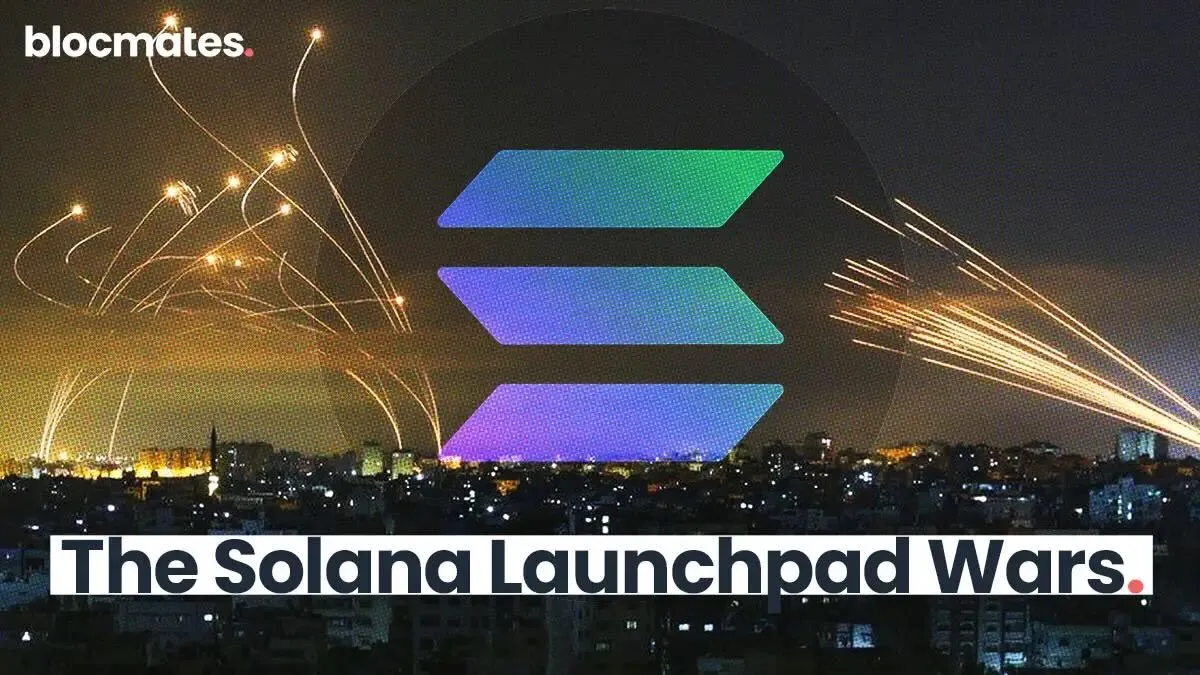


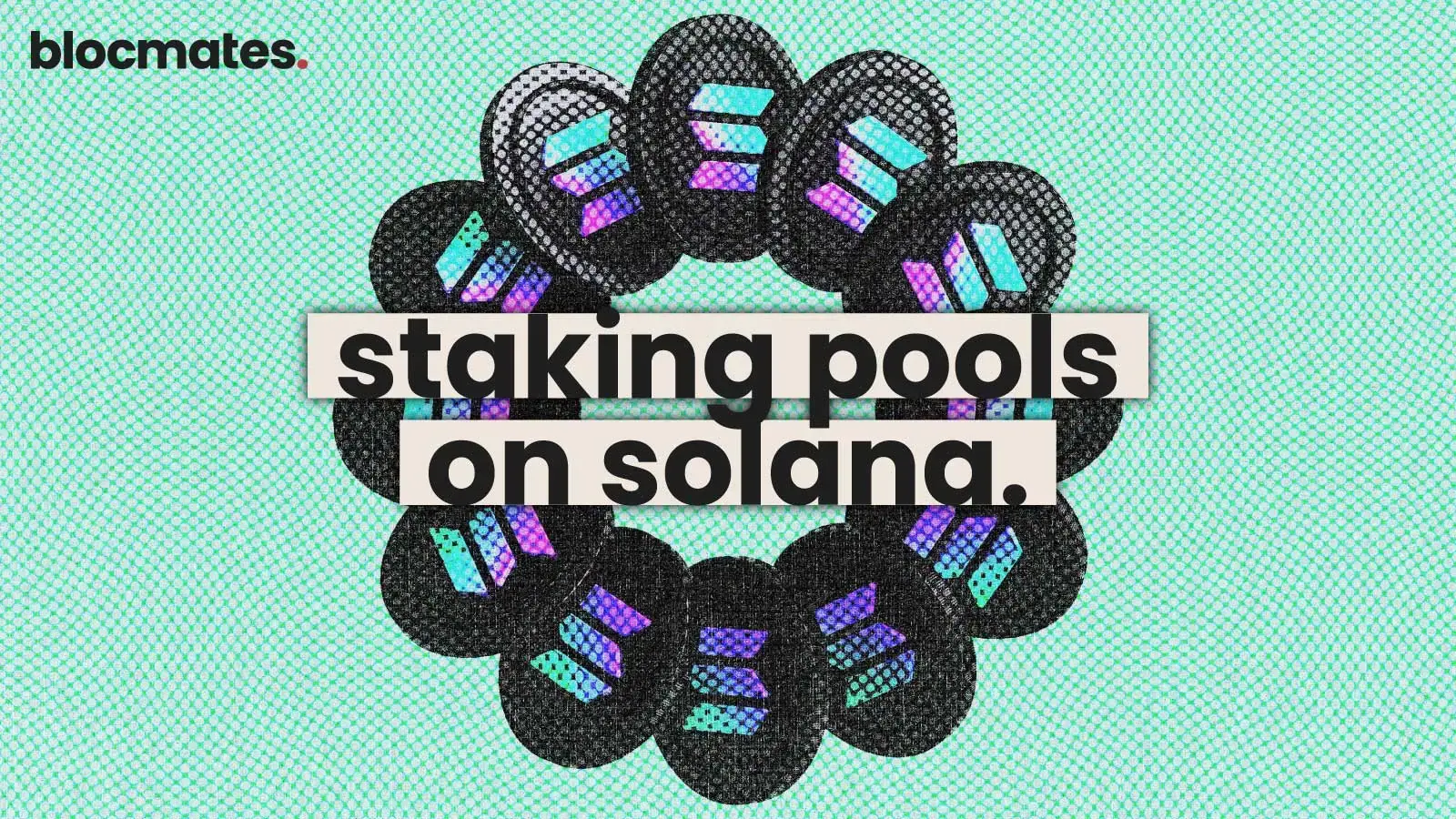



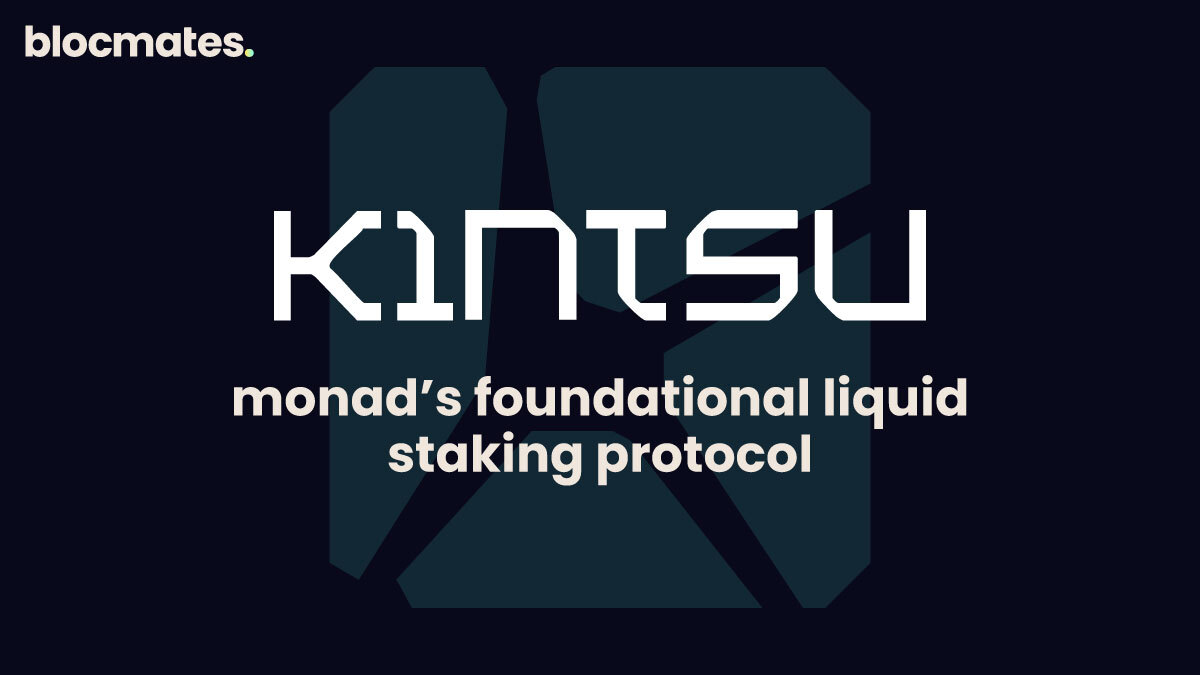

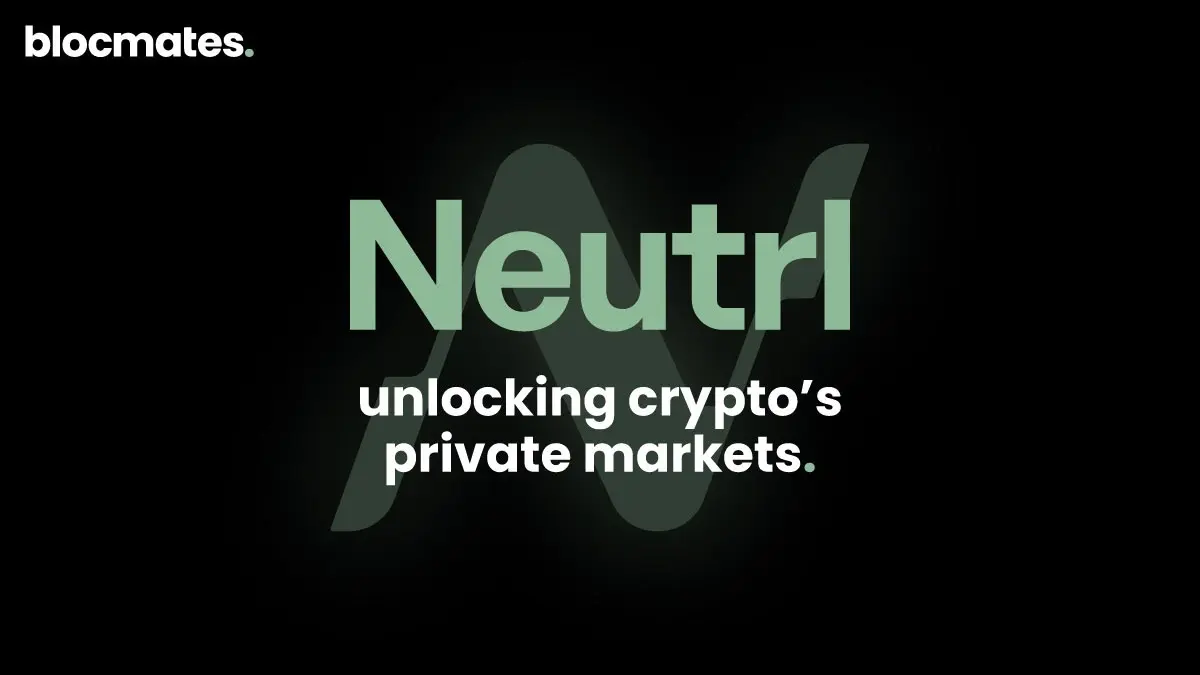


.webp)

.webp)
.webp)
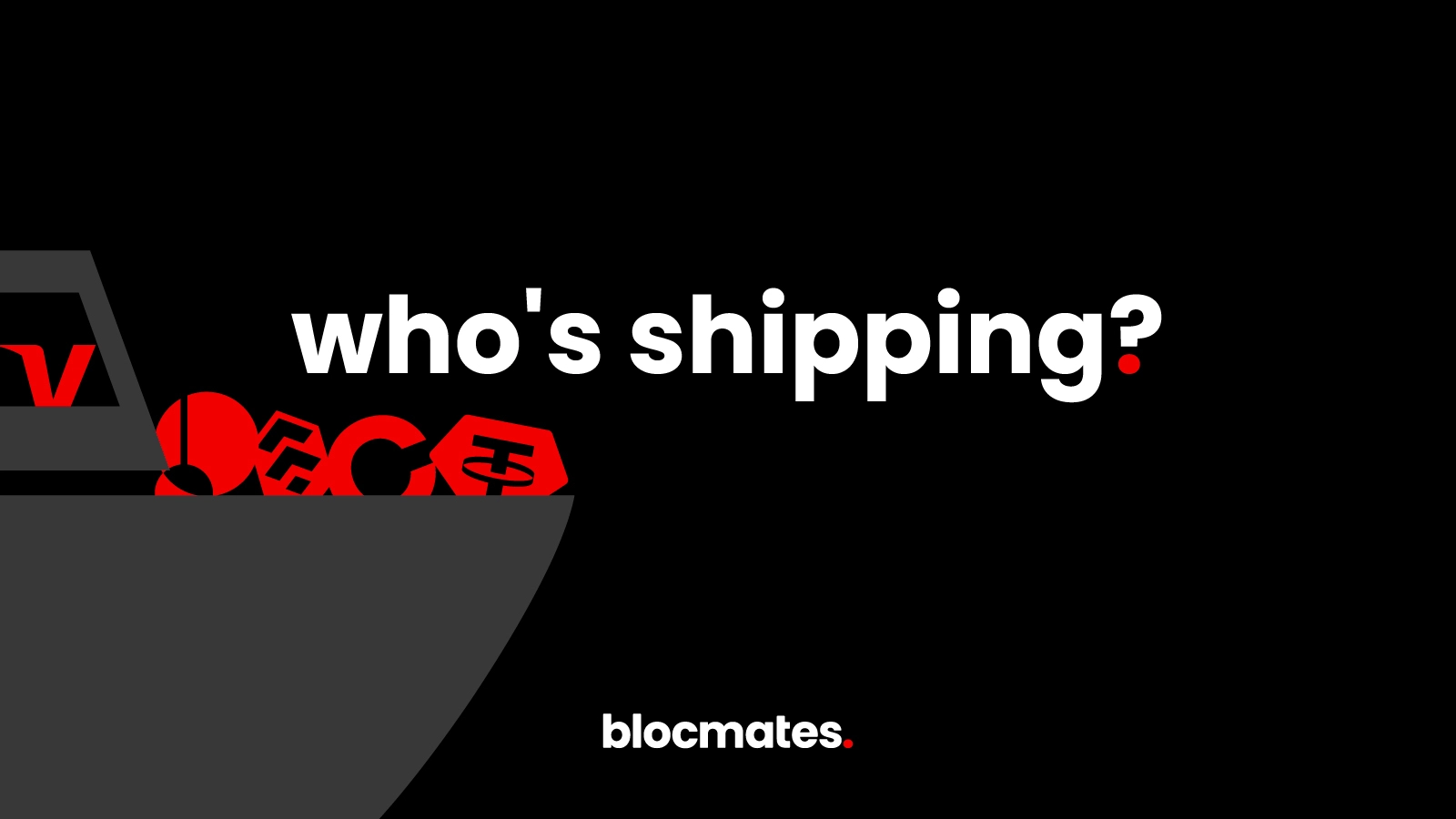
%20(1).webp)
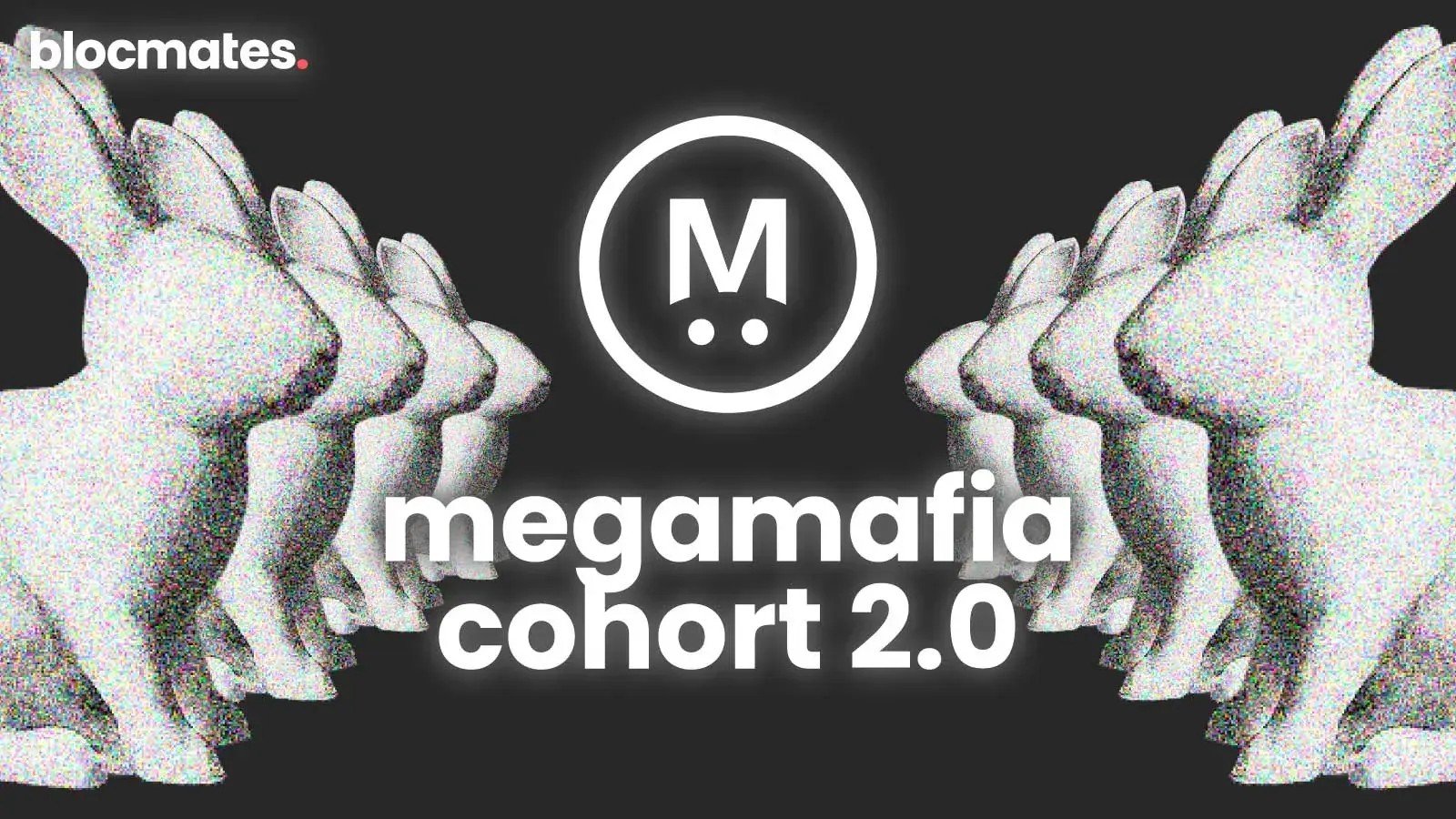
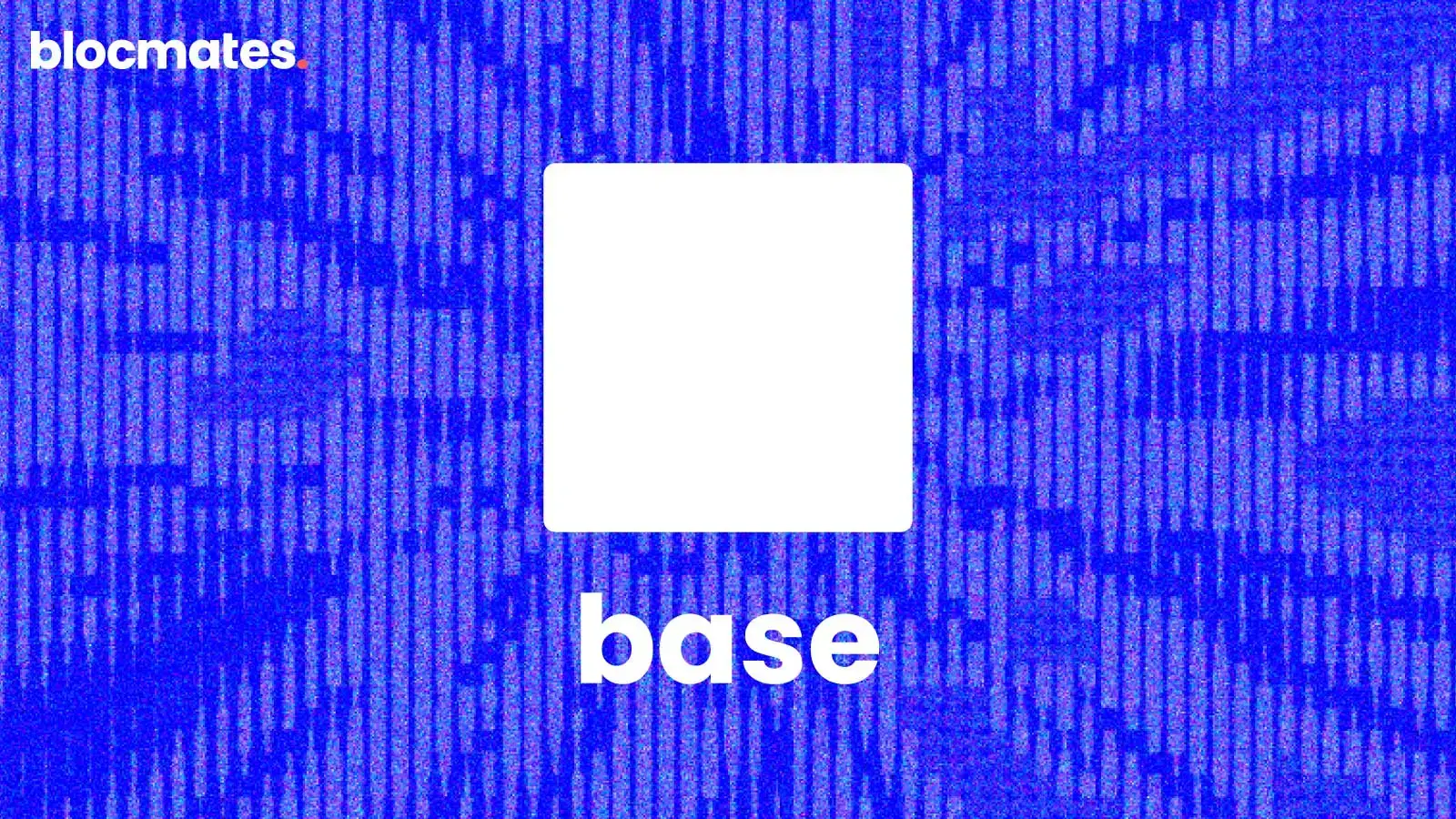
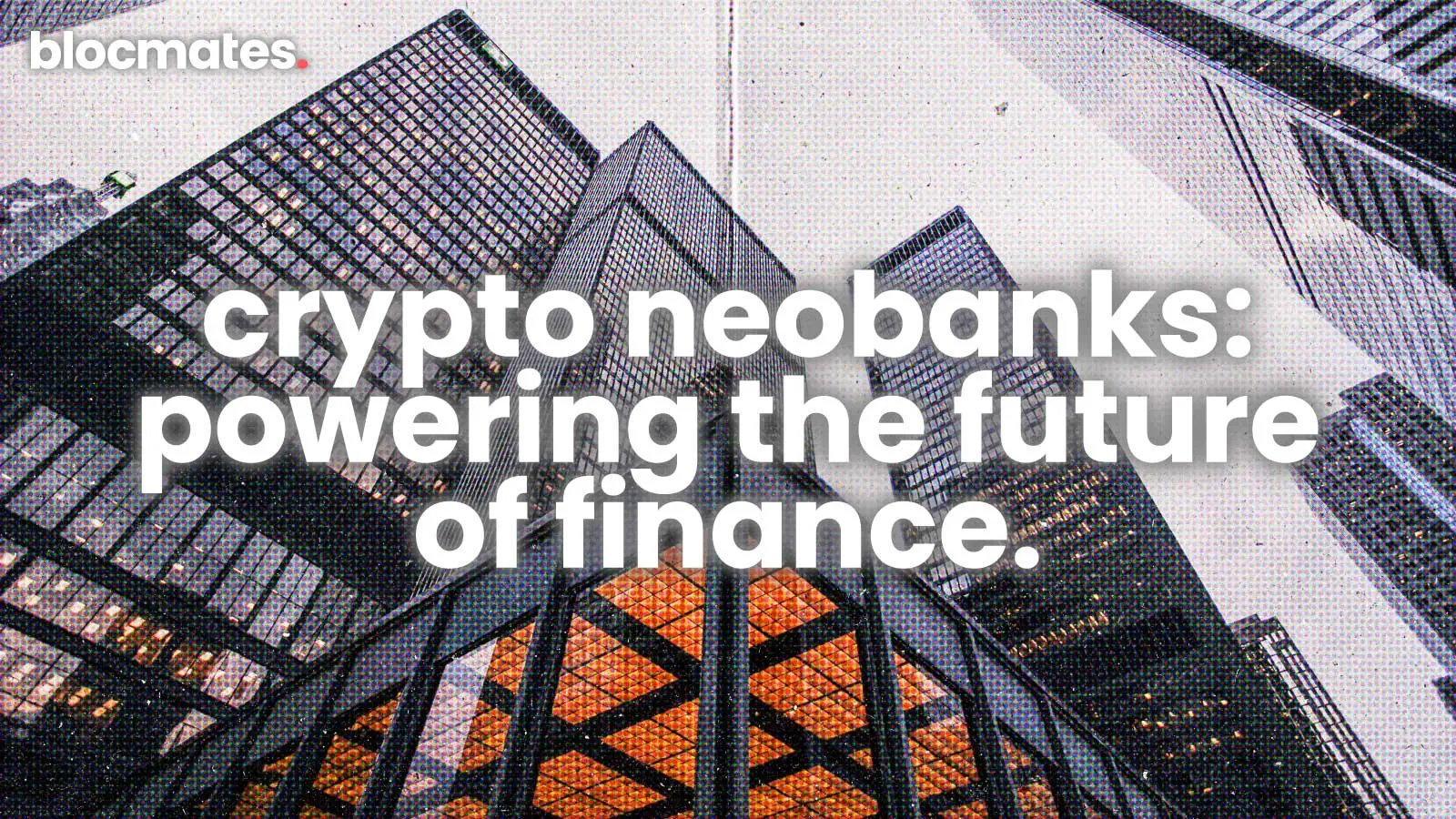


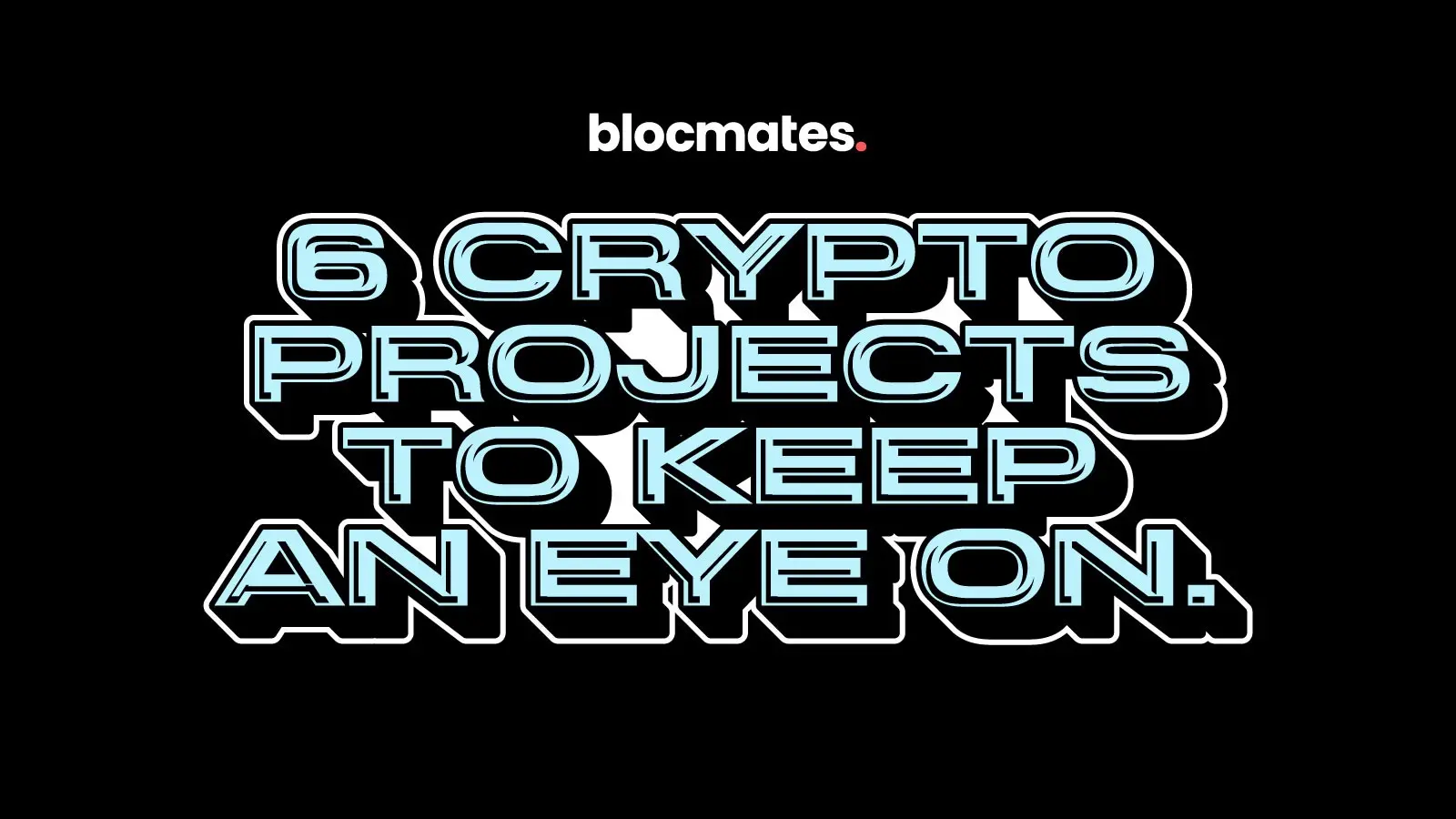
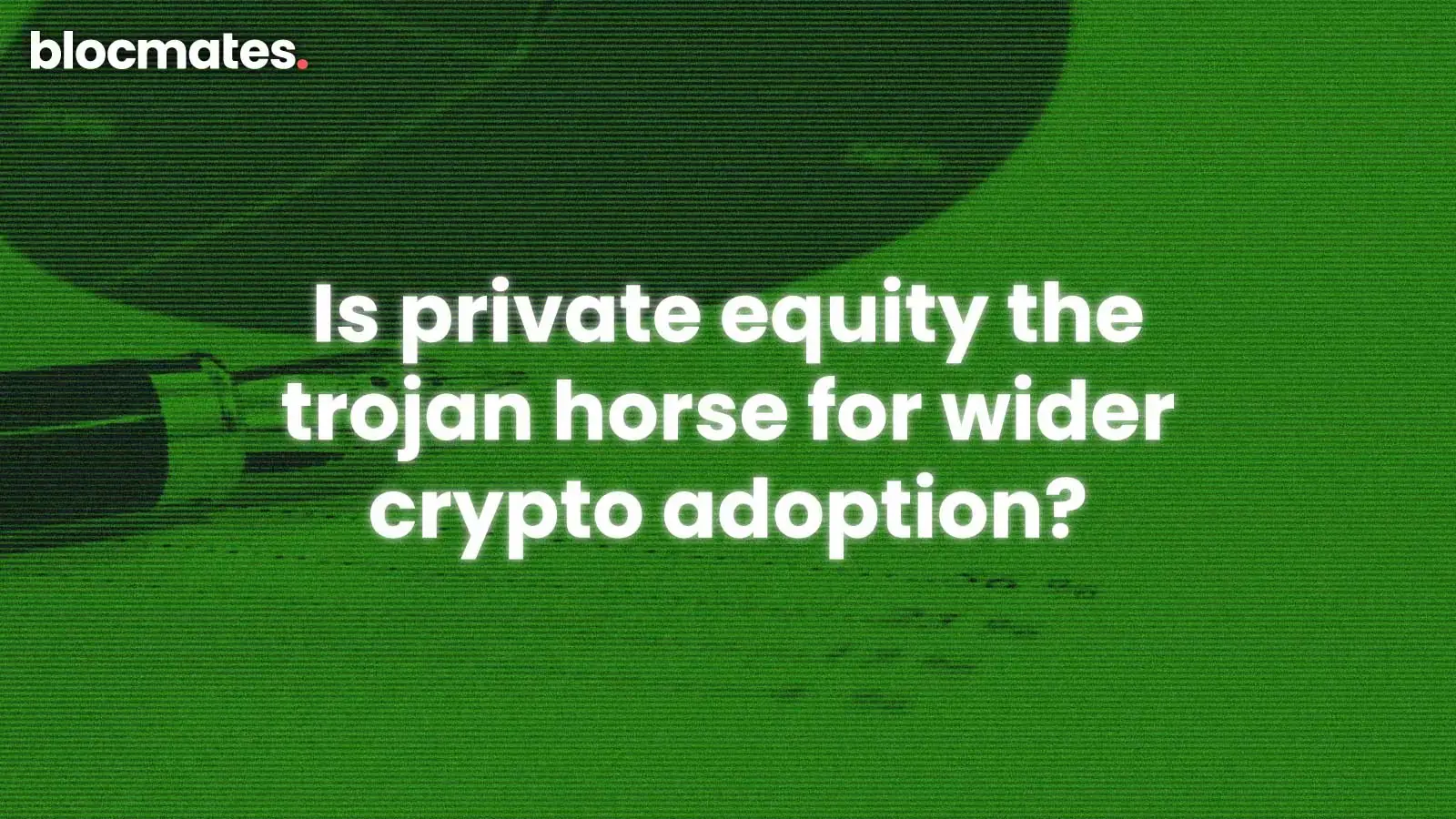
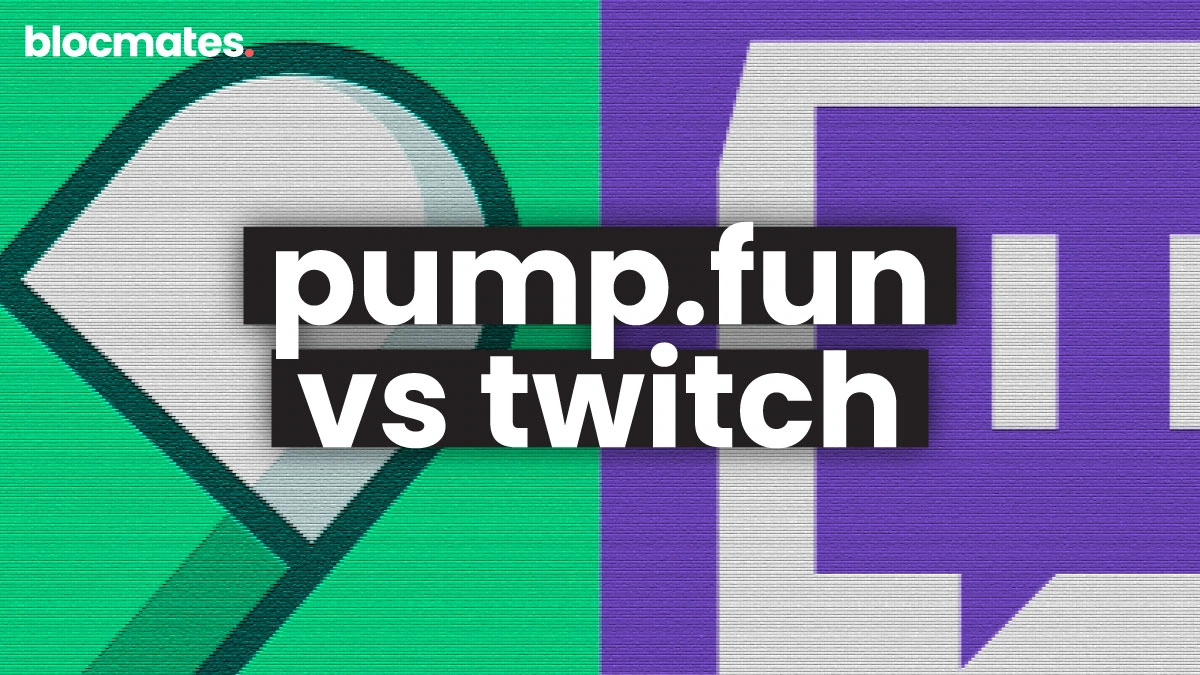

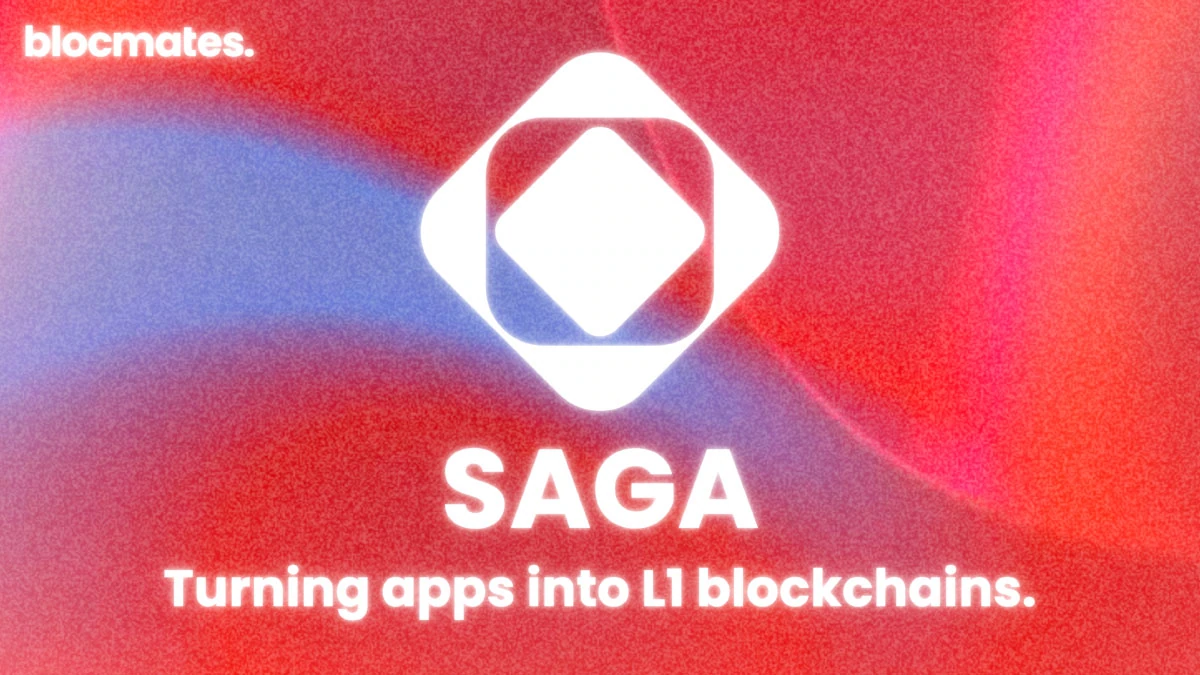
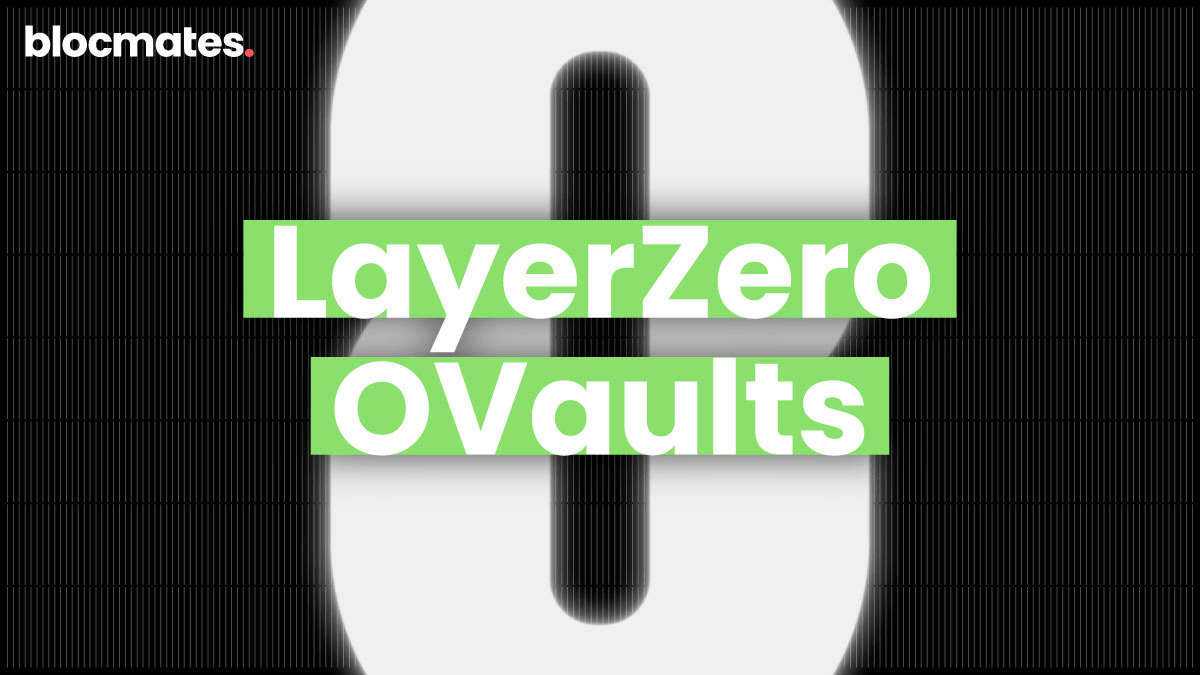
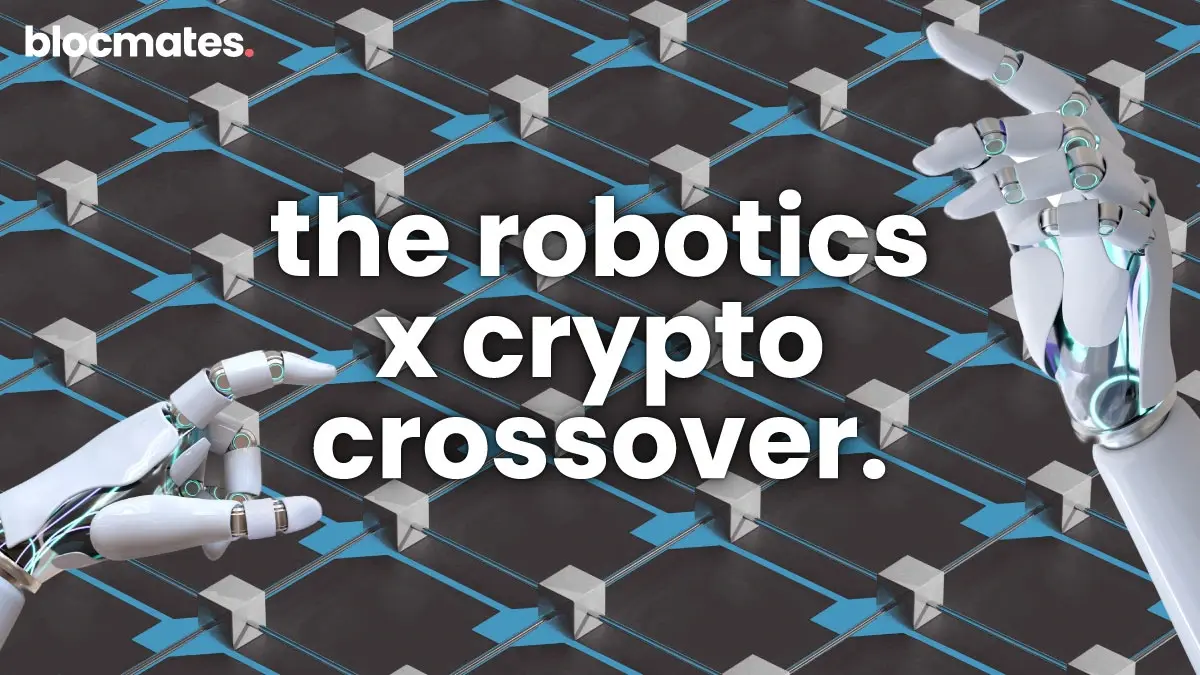
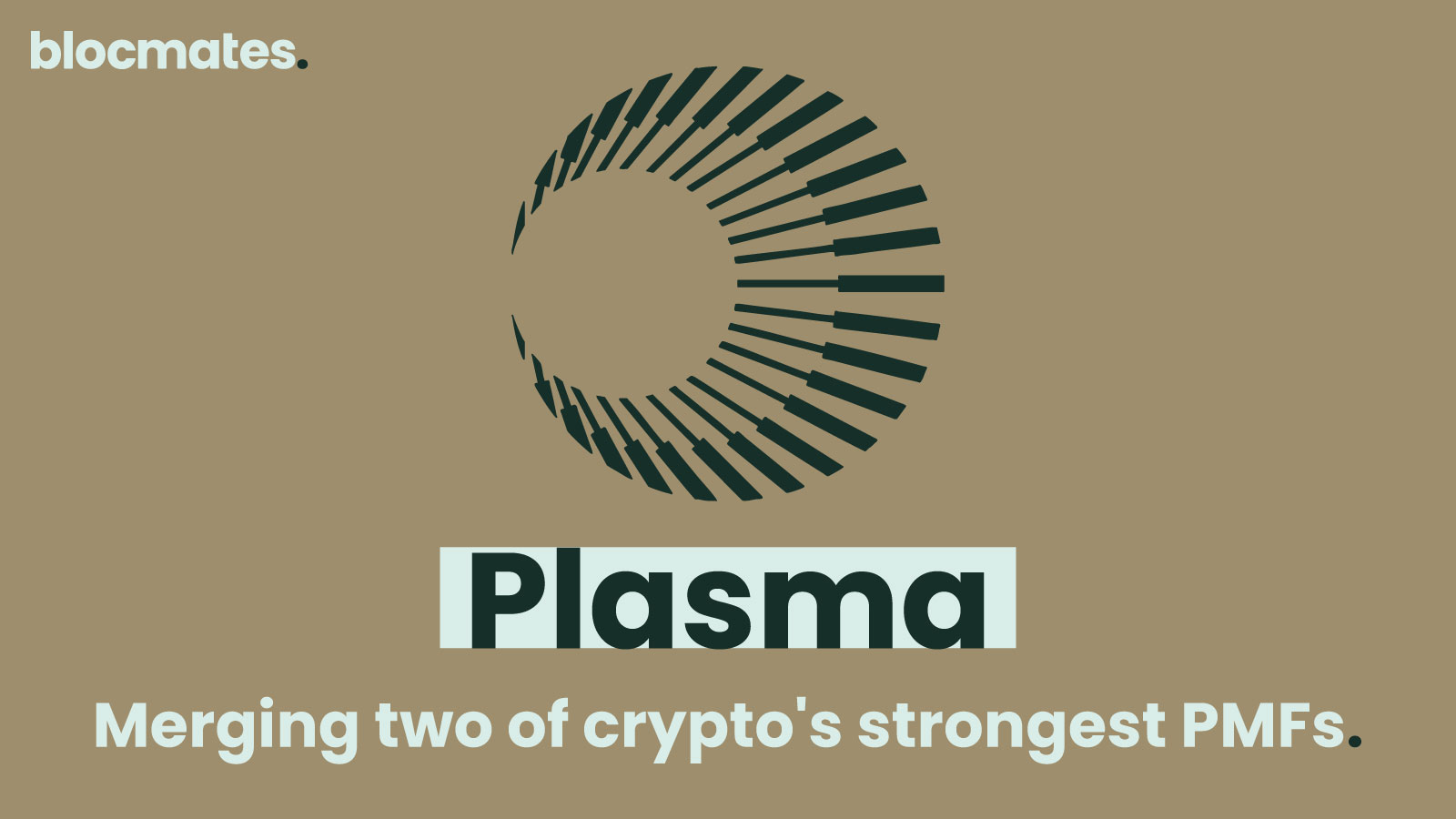
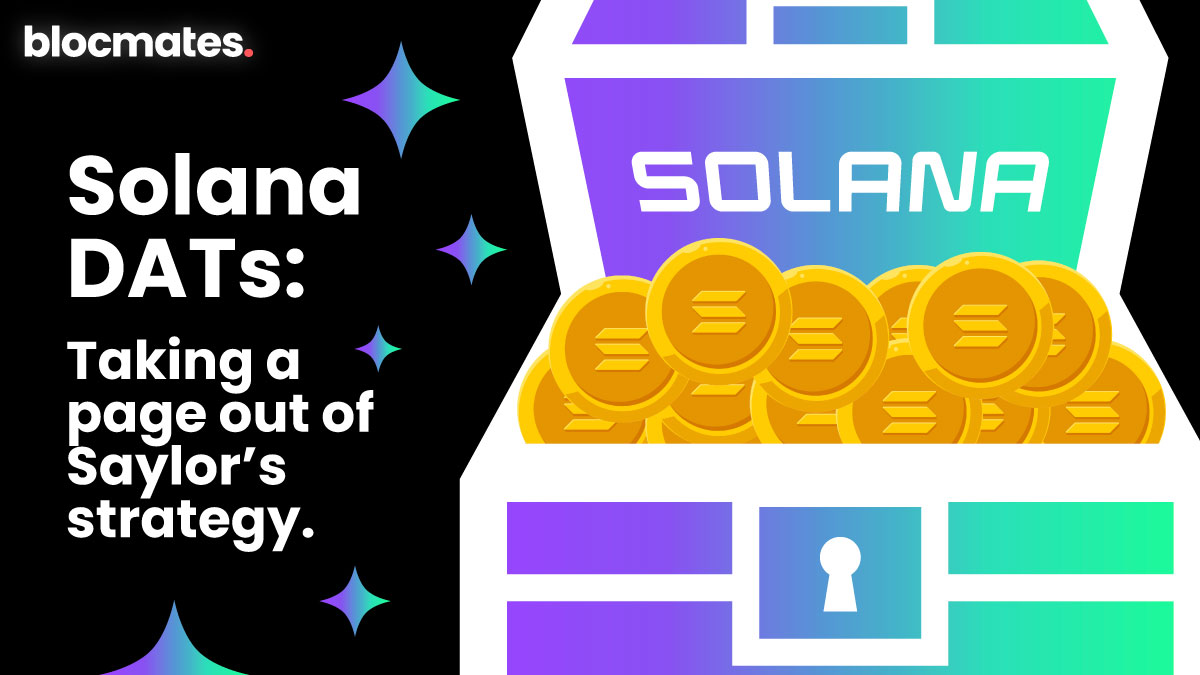
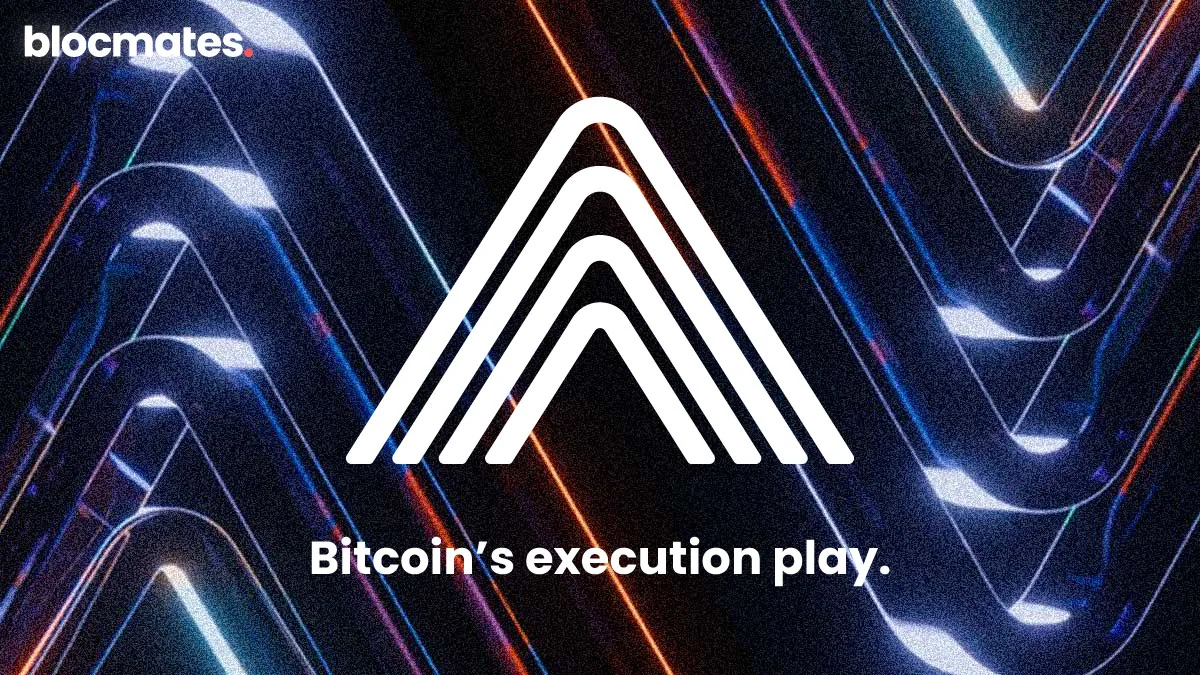

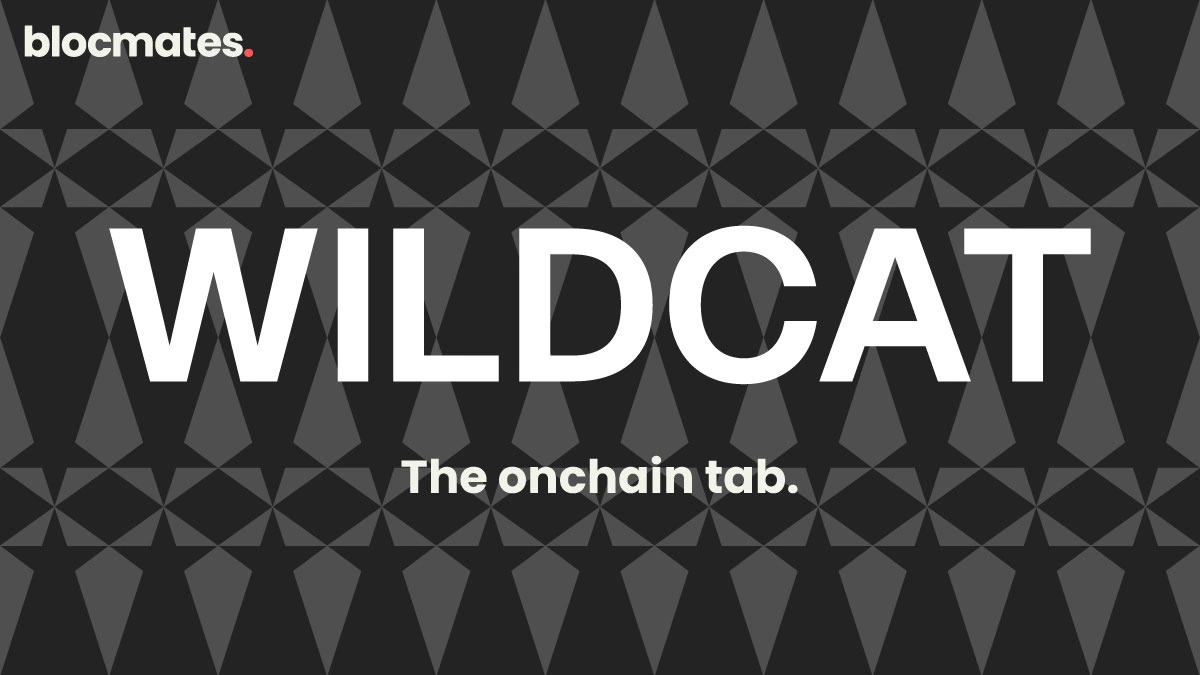
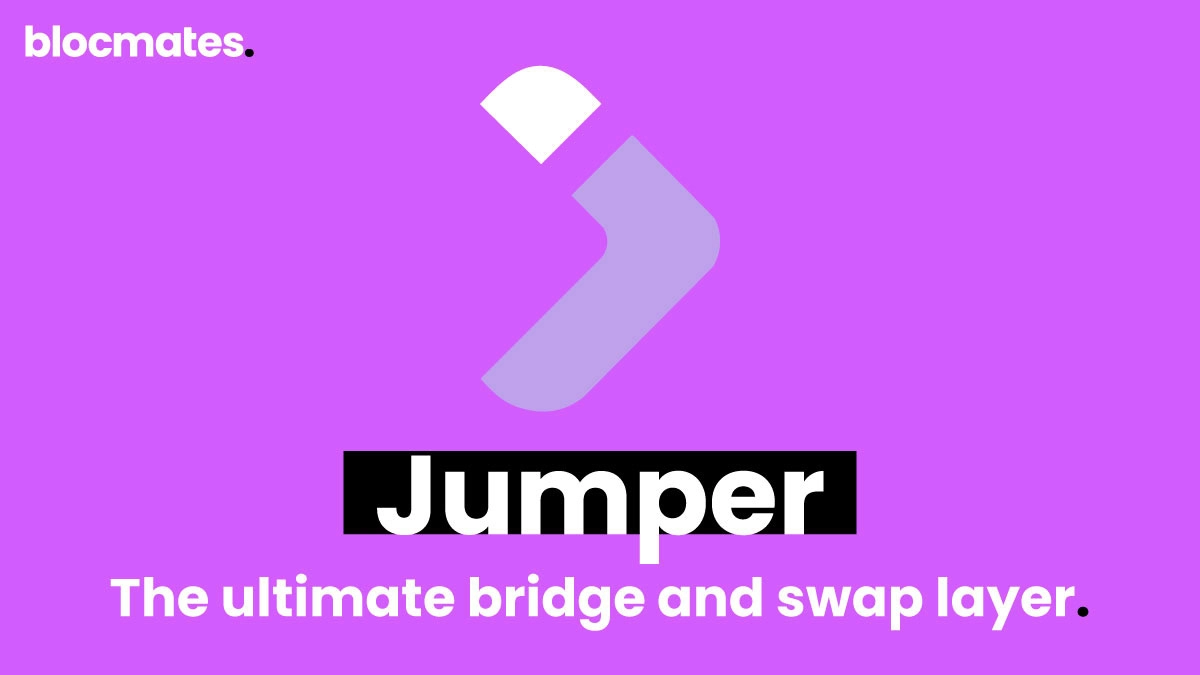
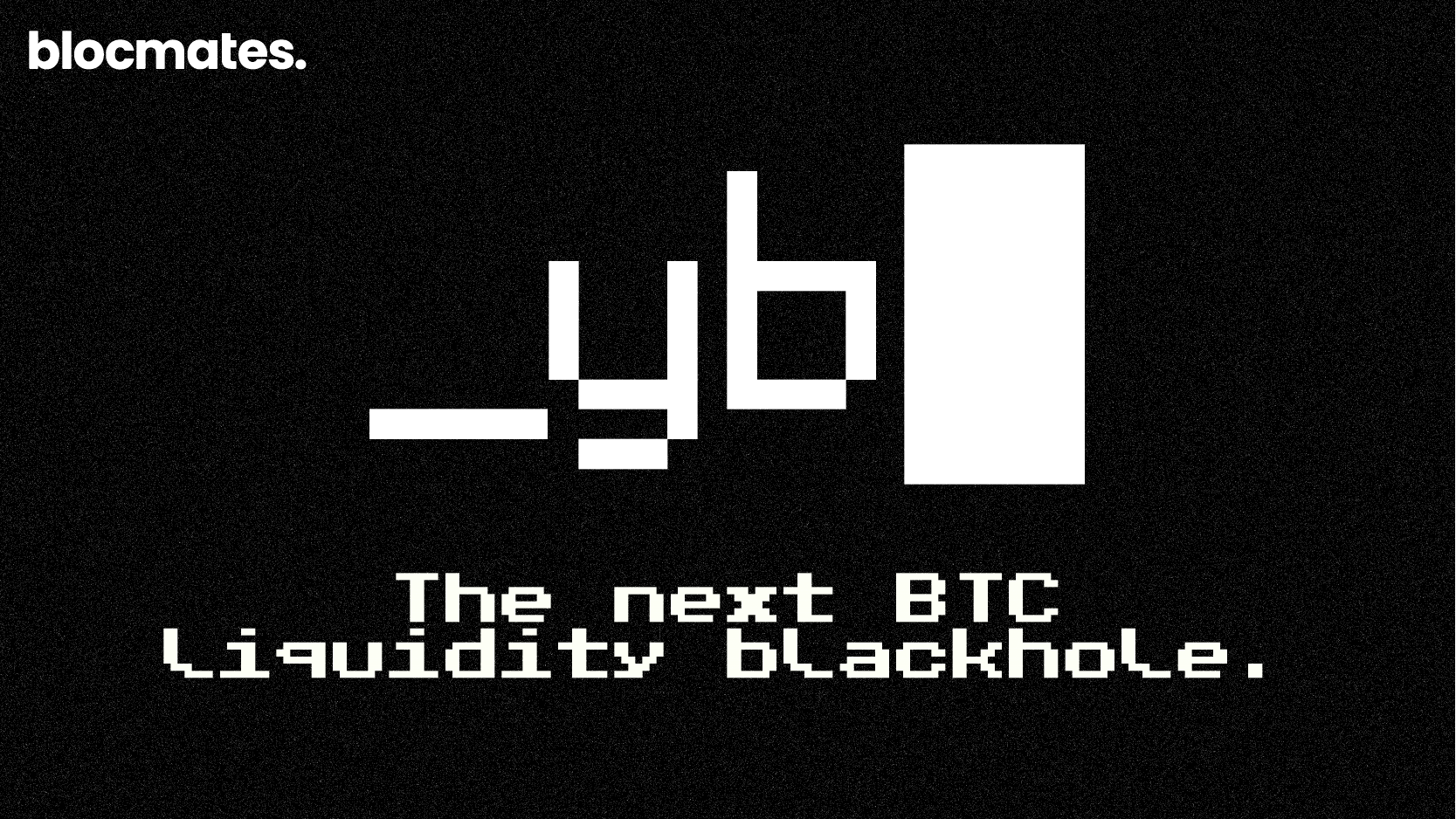
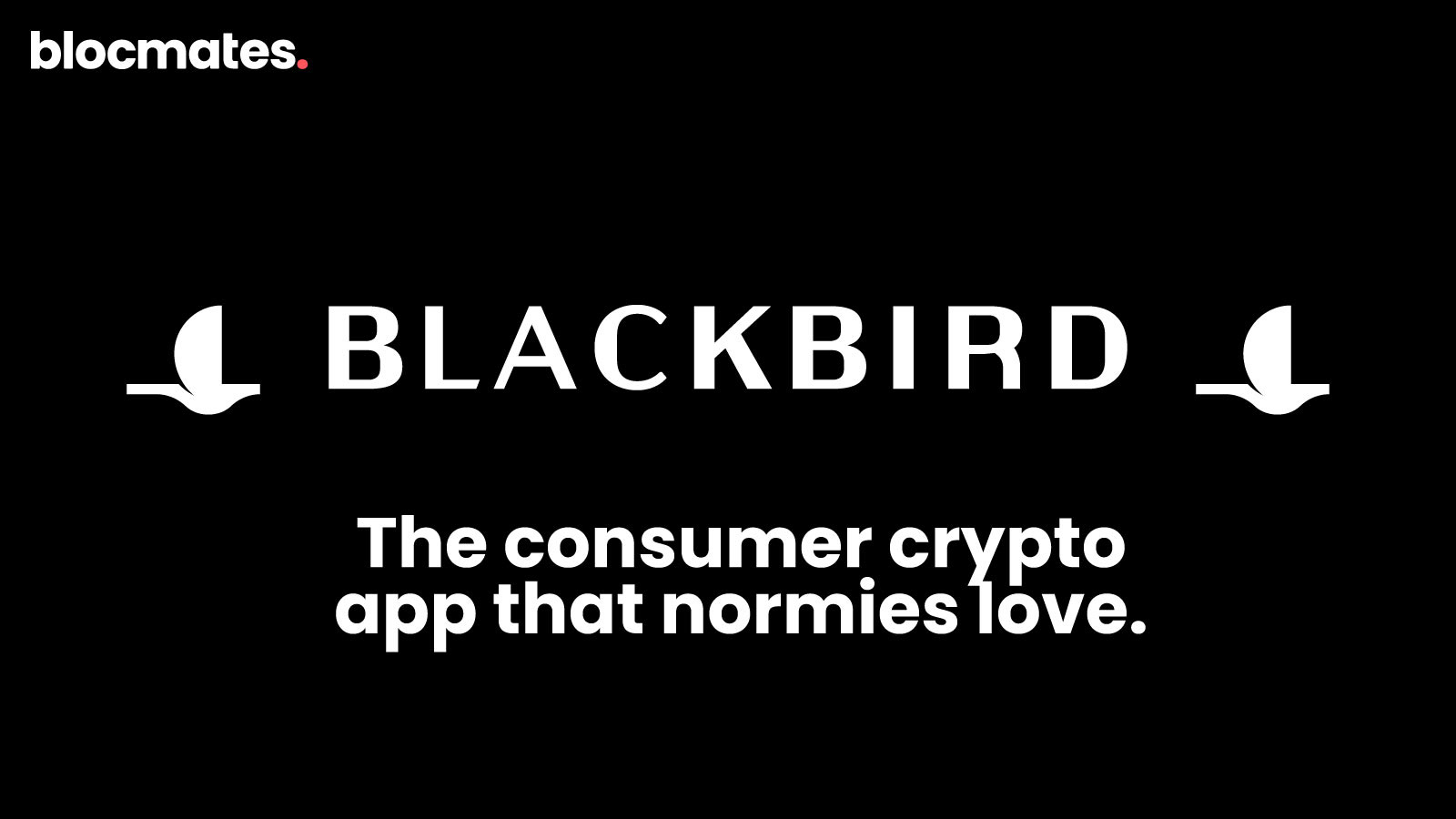
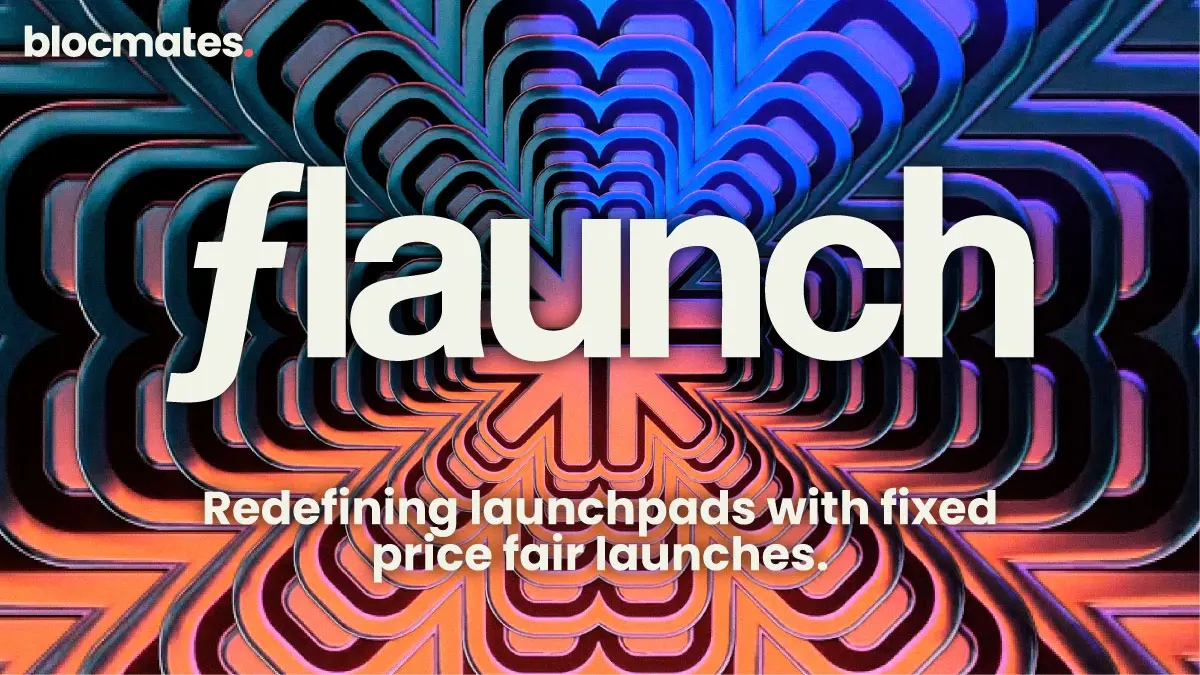

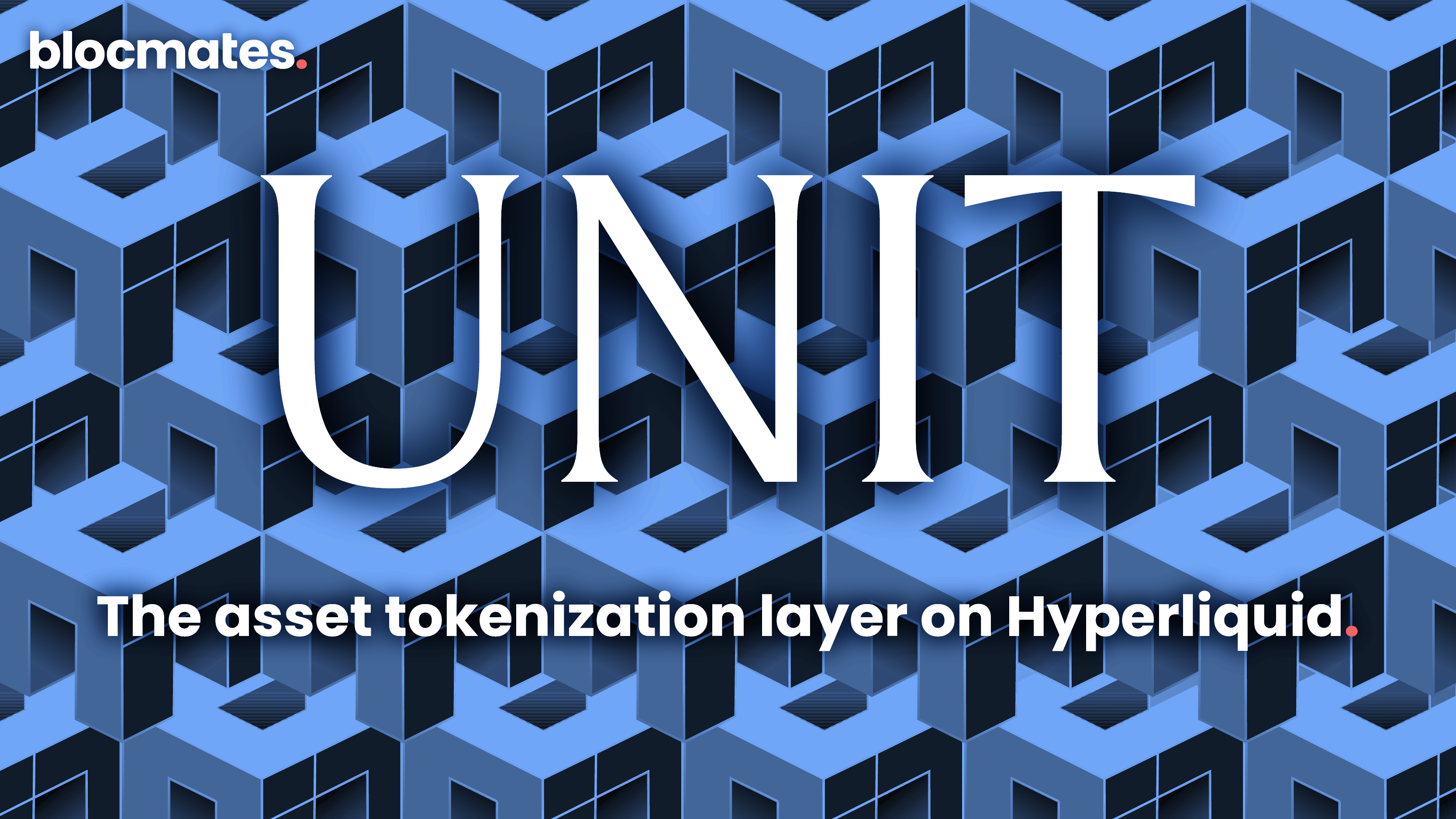
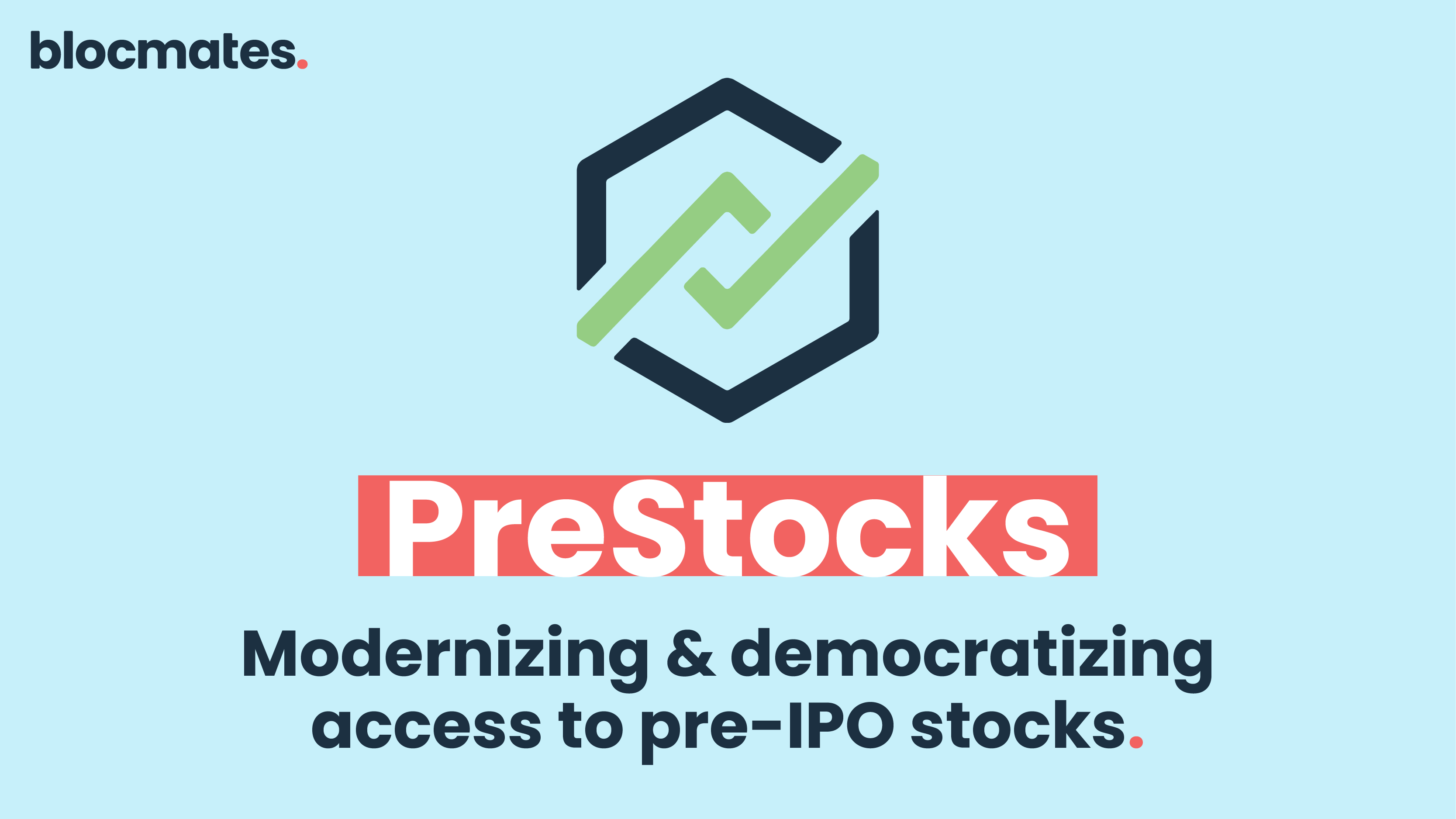

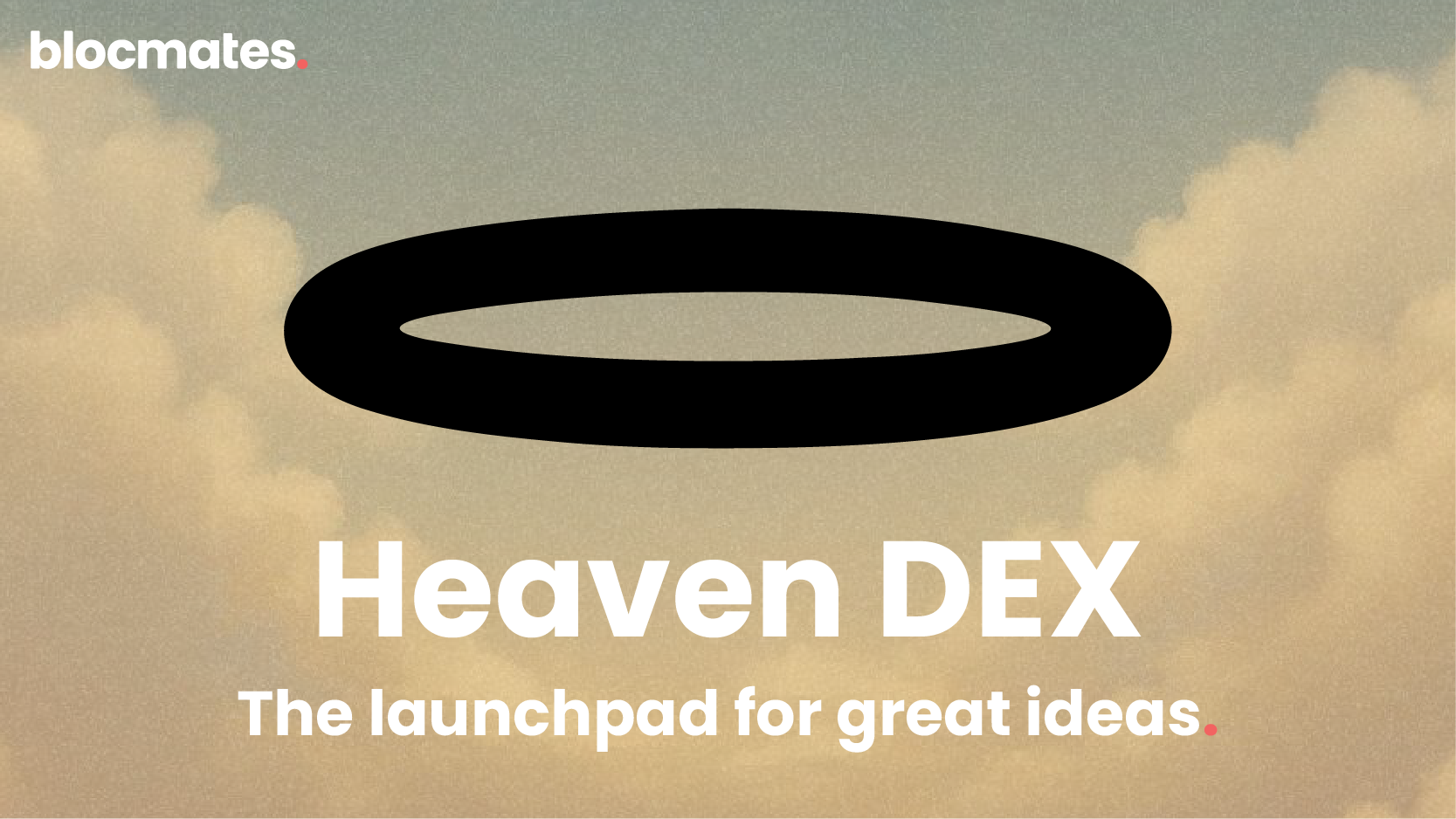

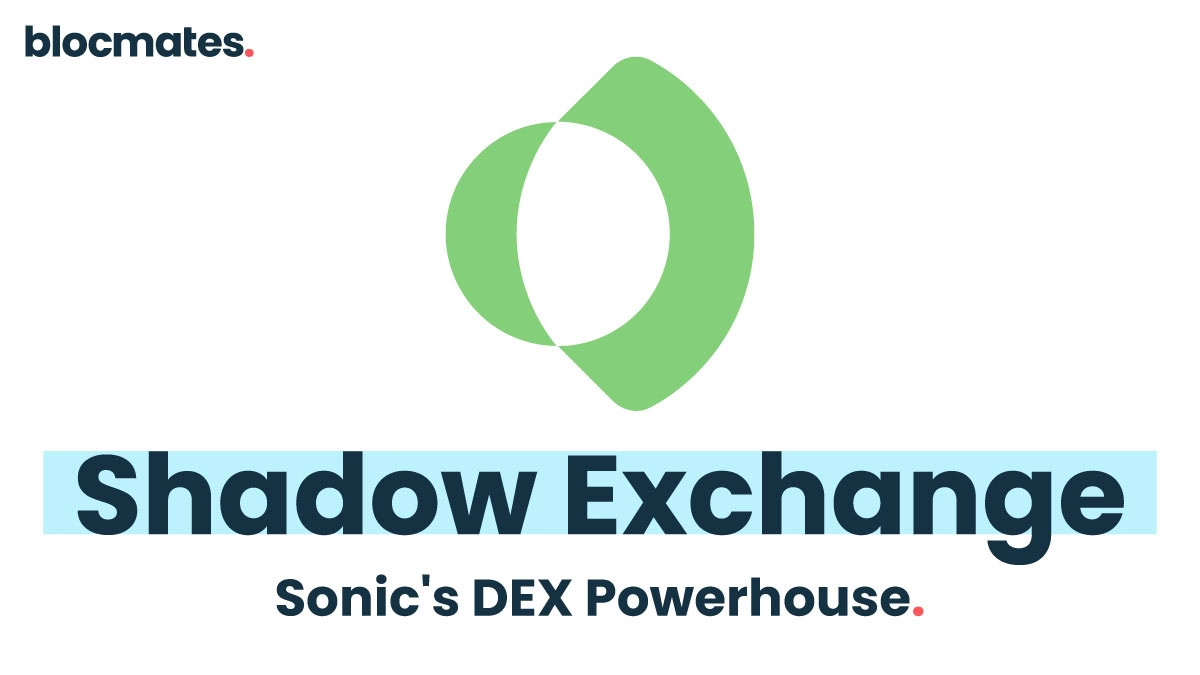
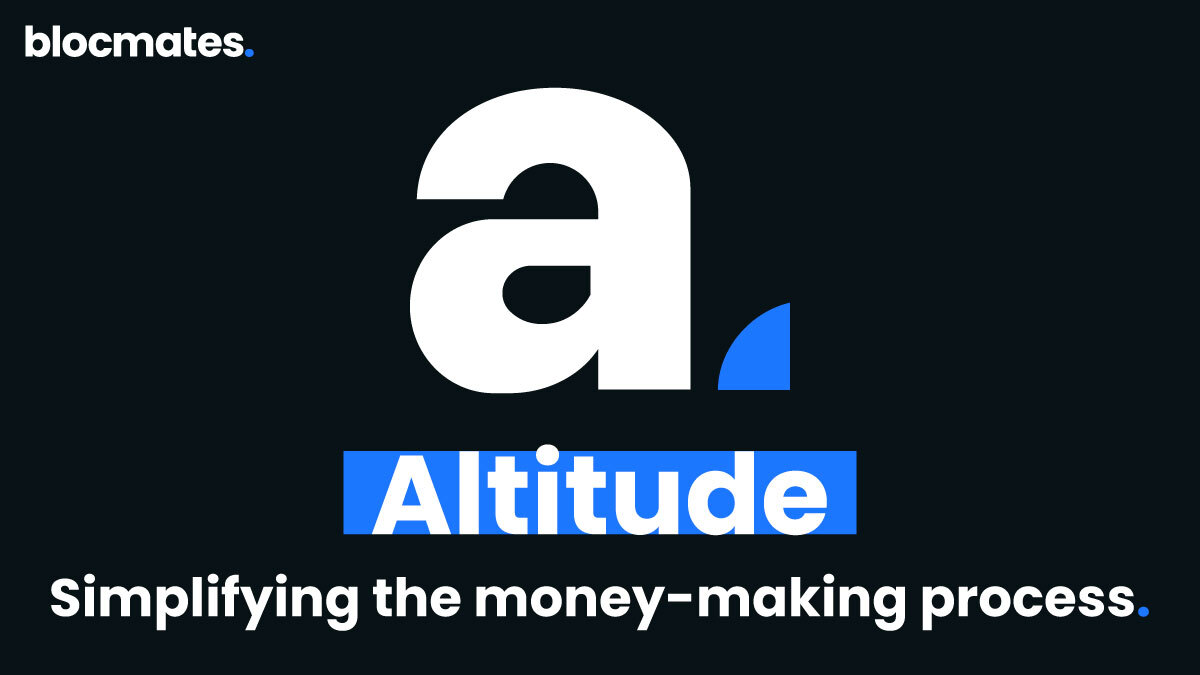

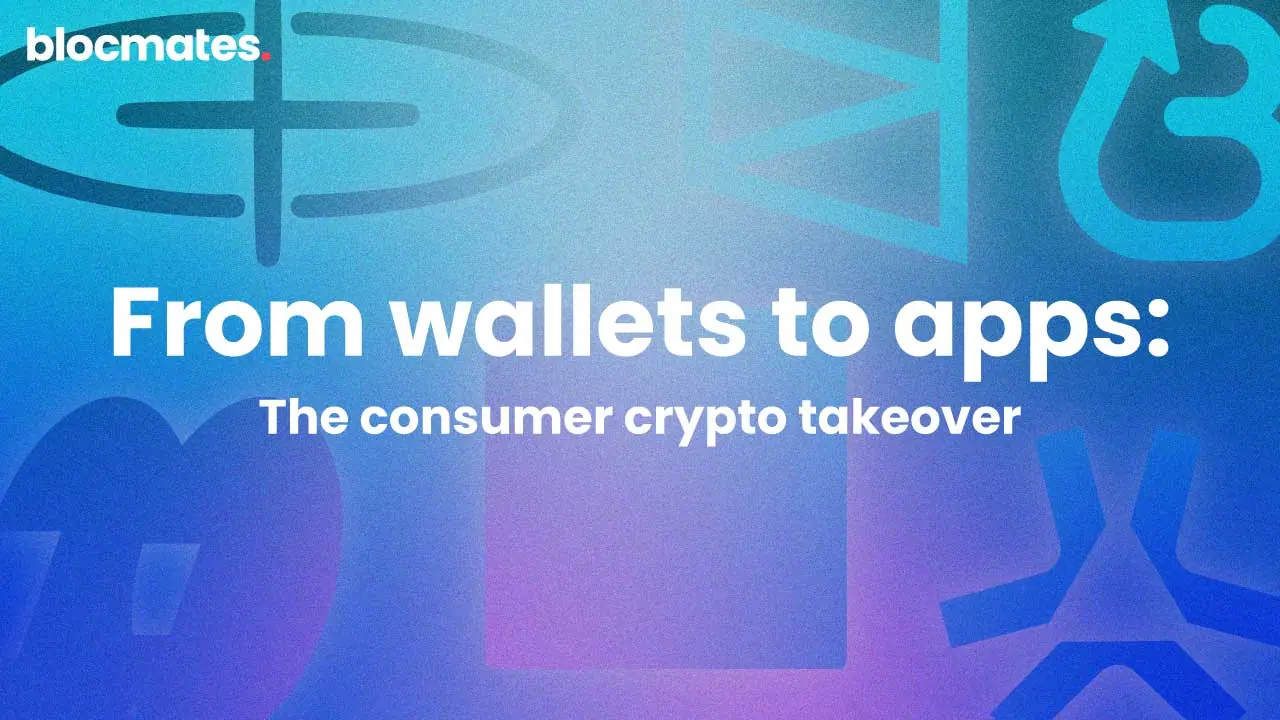
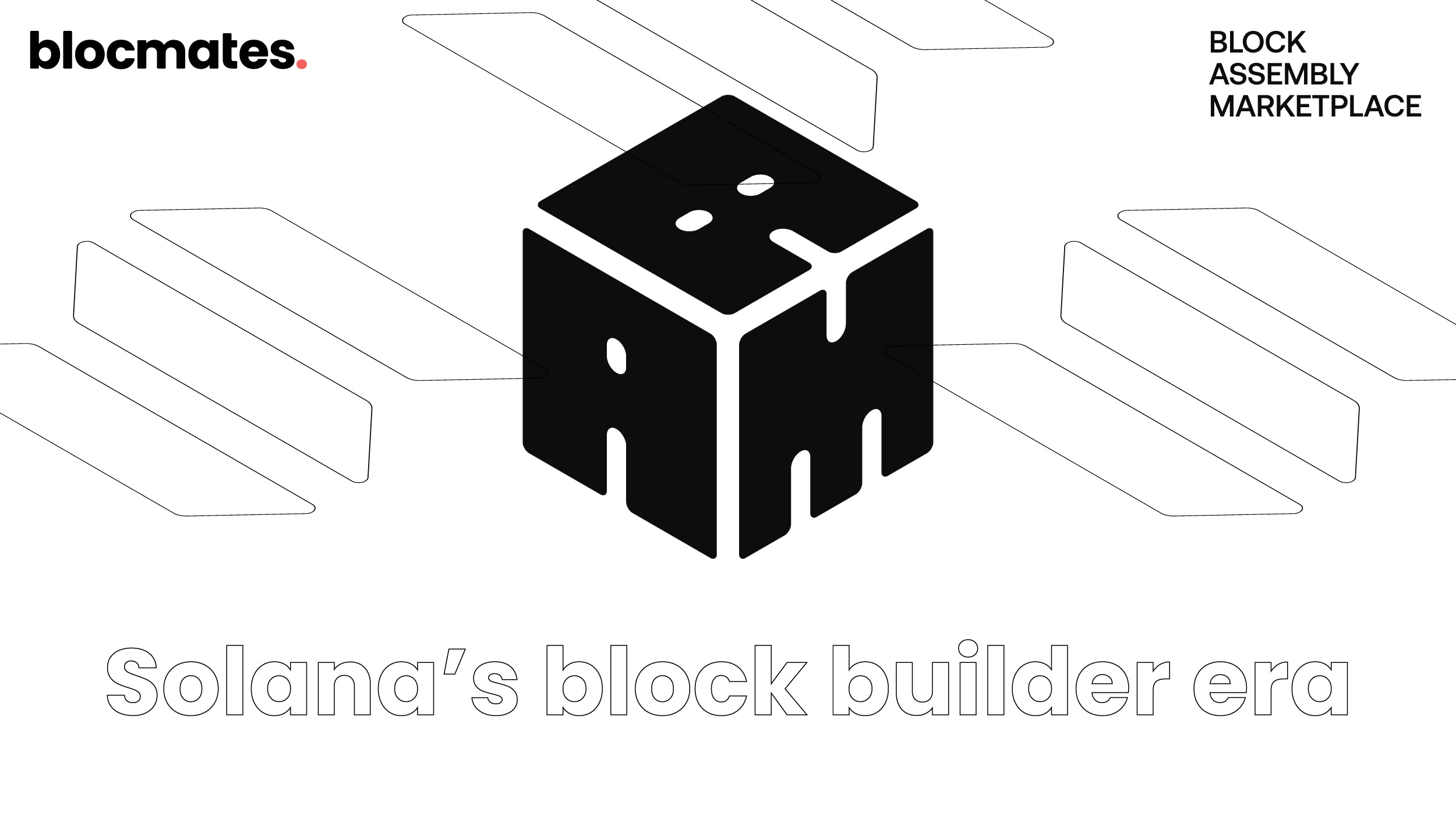

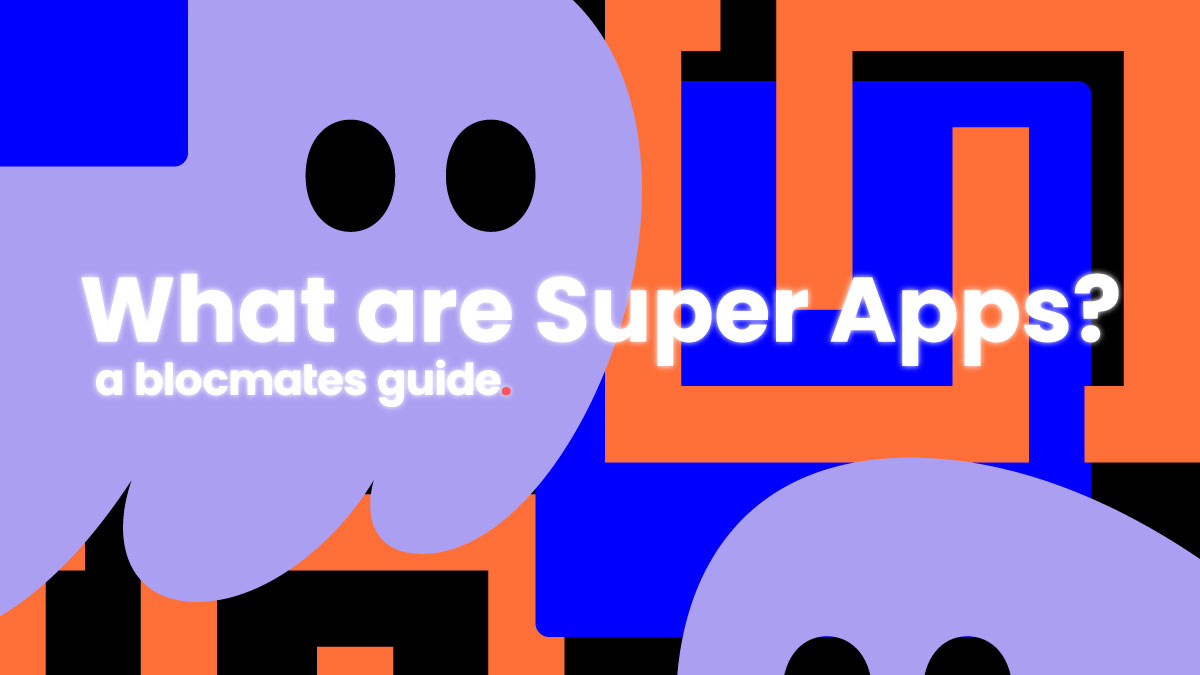
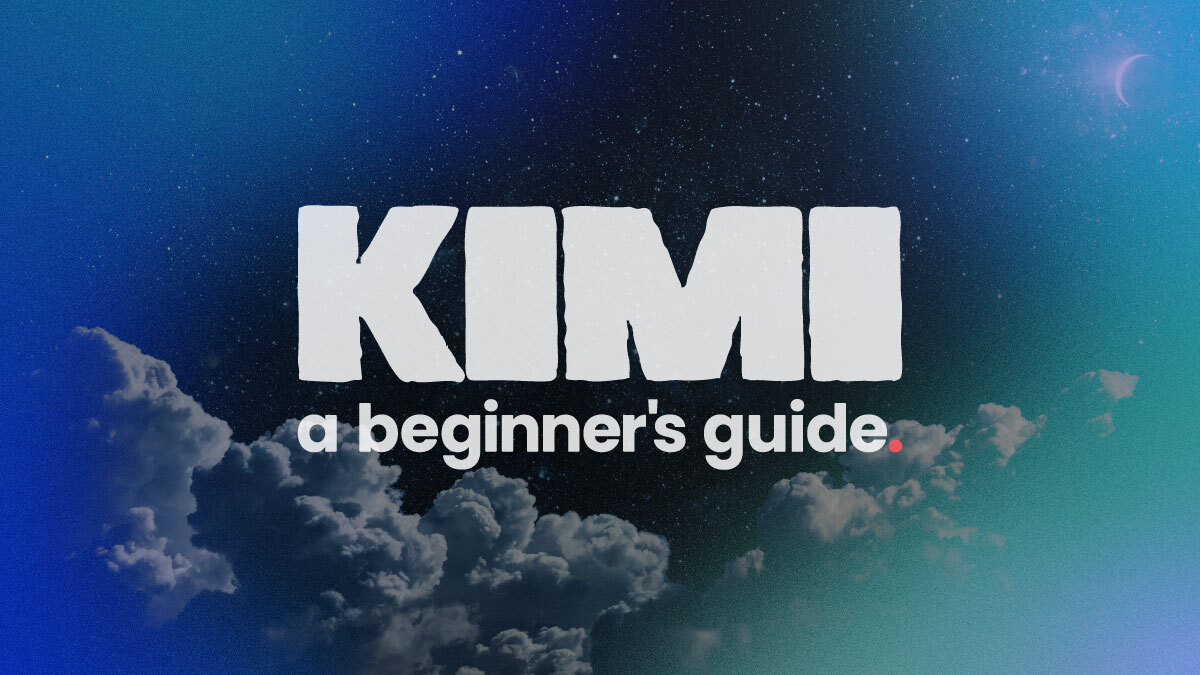
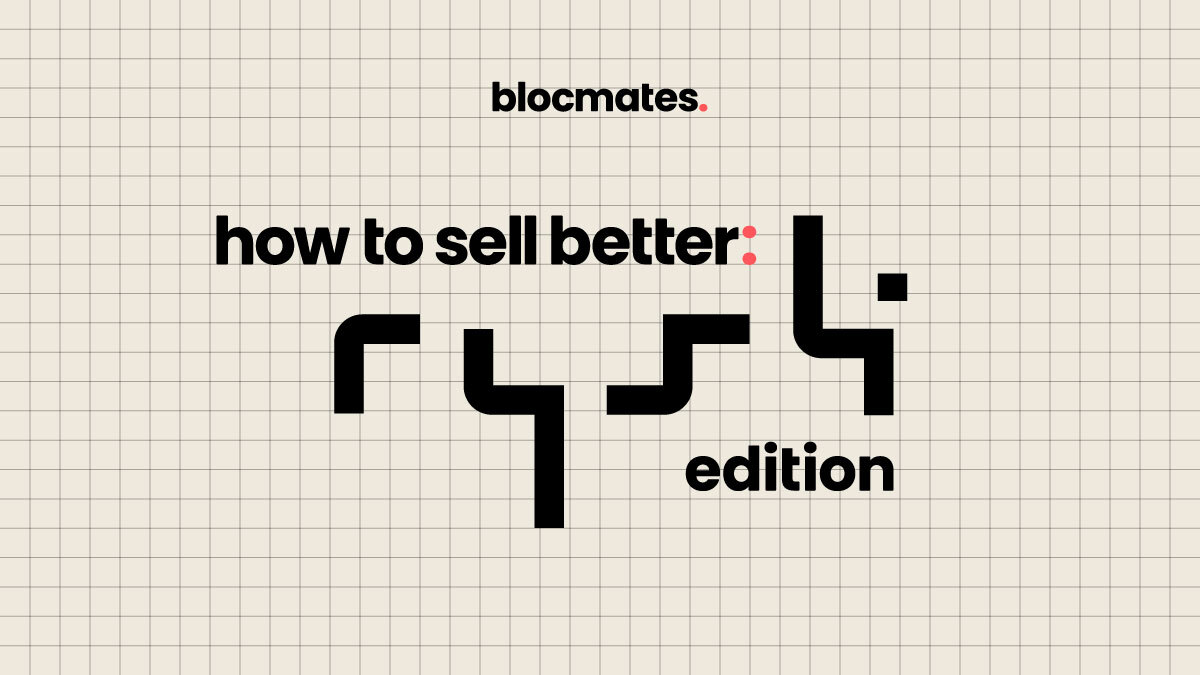
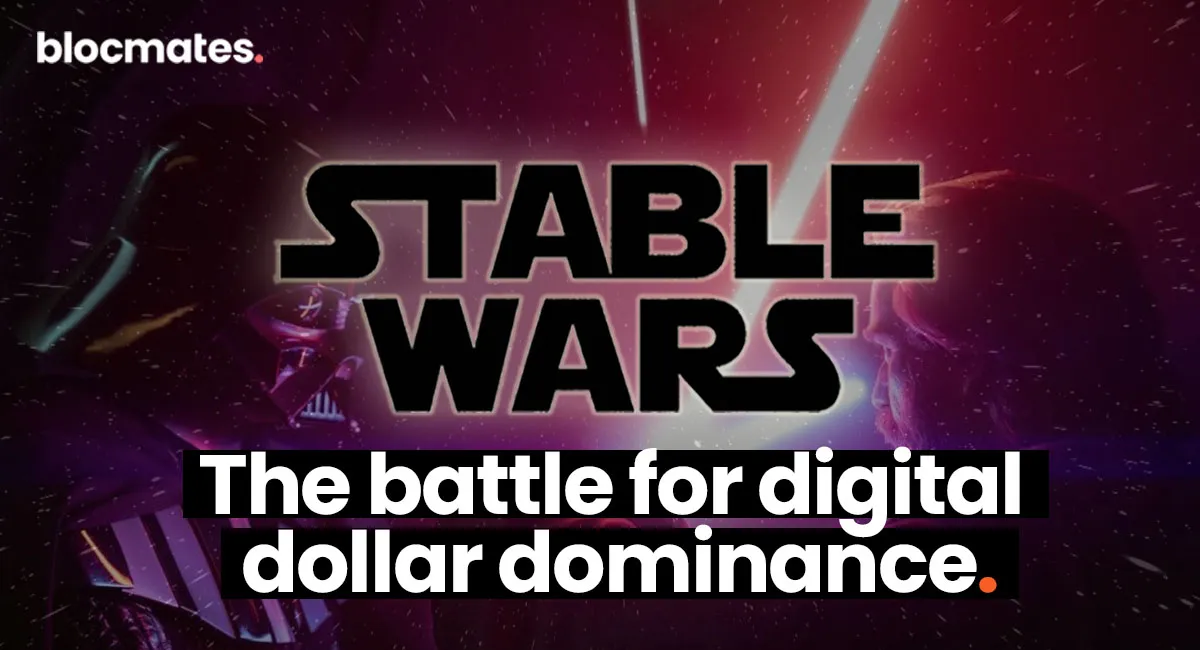





















%202.webp)


.webp)

.webp)
.webp)
.webp)


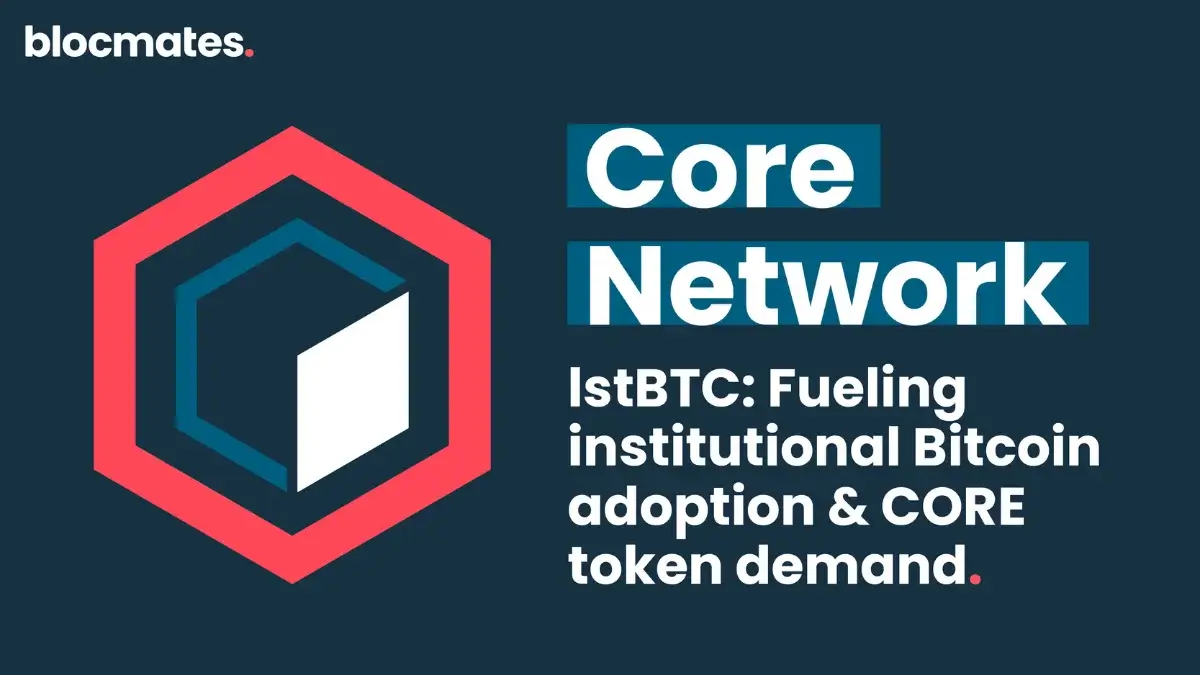
.webp)

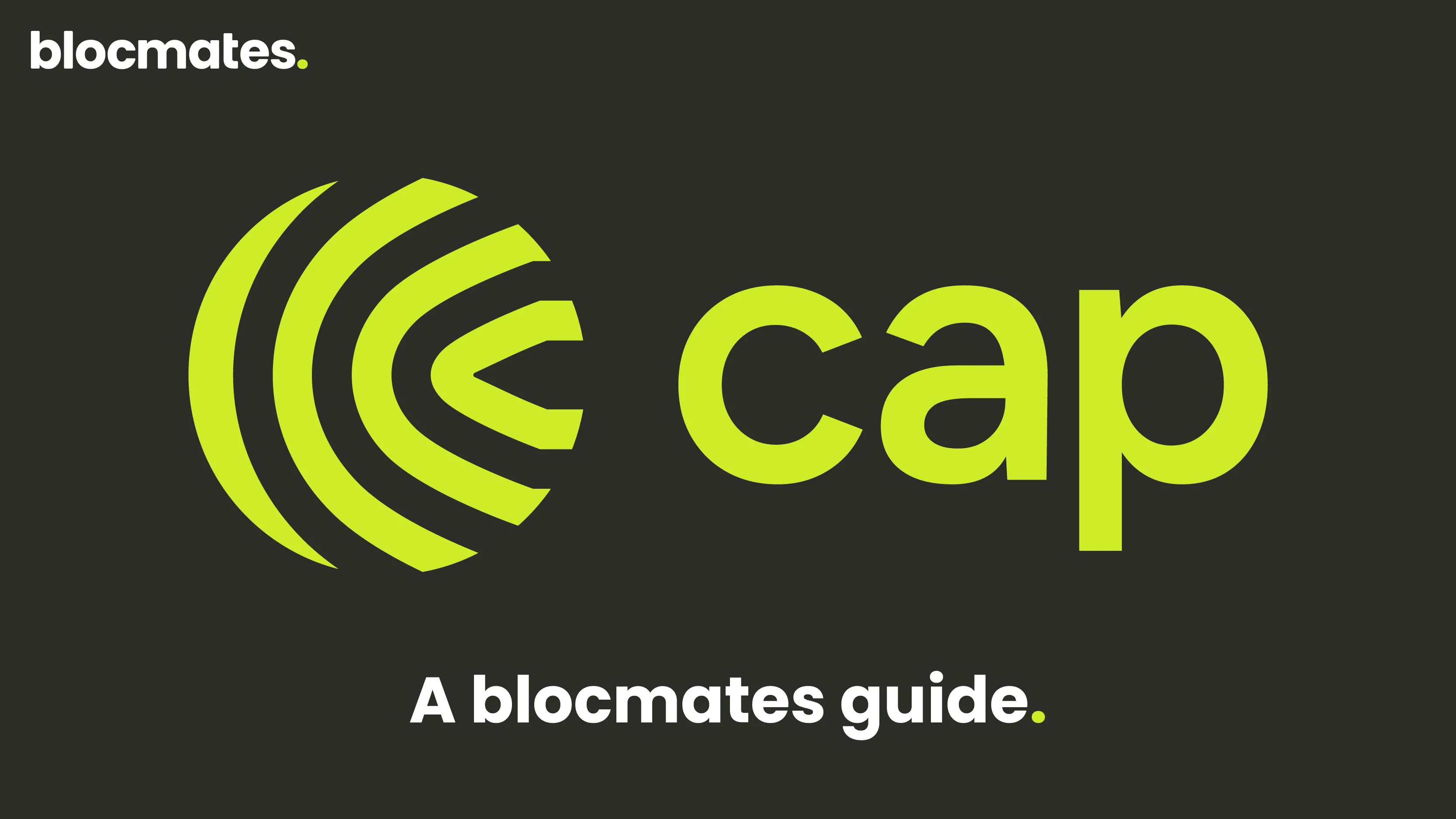










%20the%20Next%20Big%20Unlock%20in%20AI.webp)



.webp)
.webp)
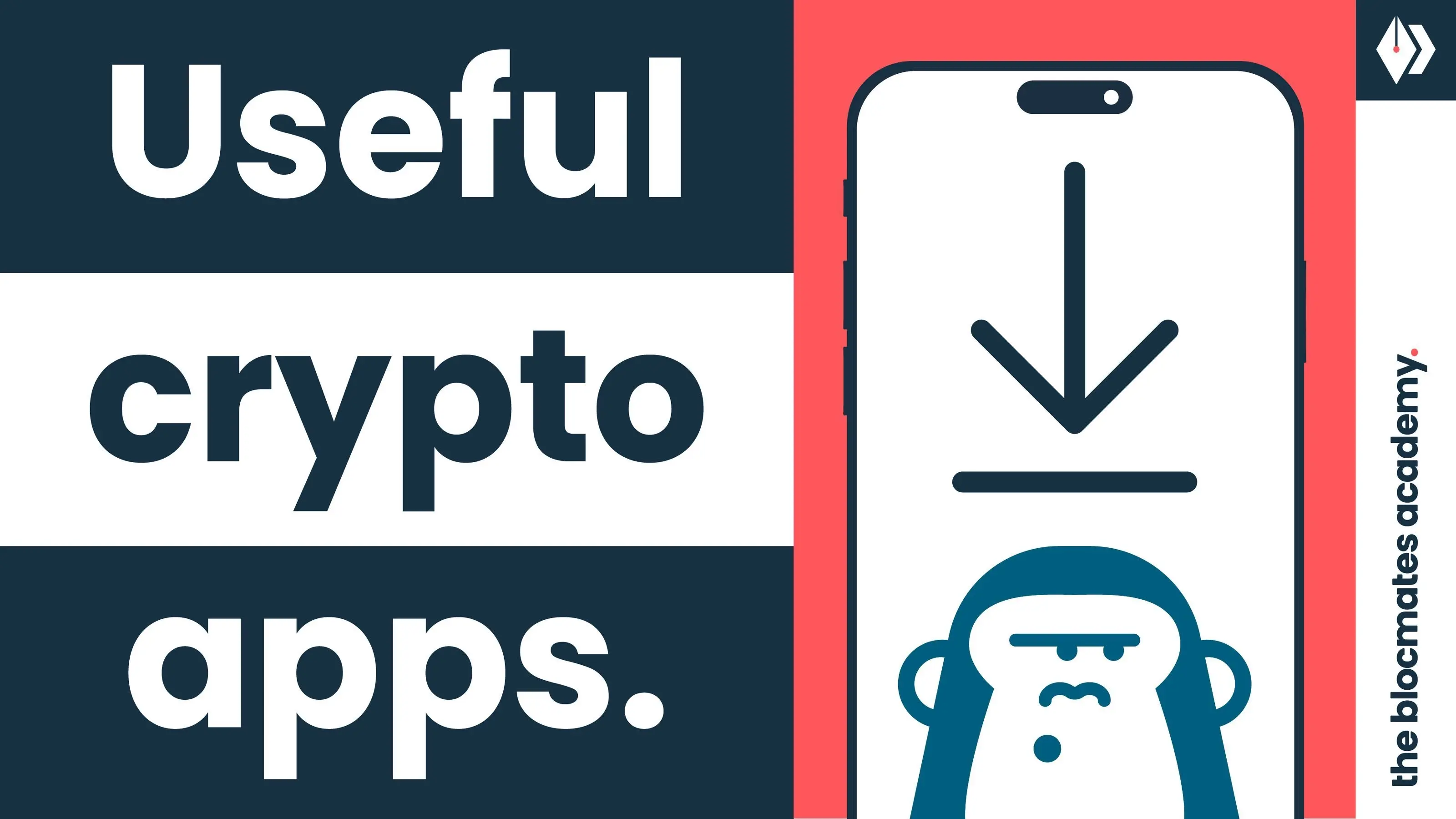
.webp)
.webp)
.webp)


.webp)
.webp)










.webp)


.webp)






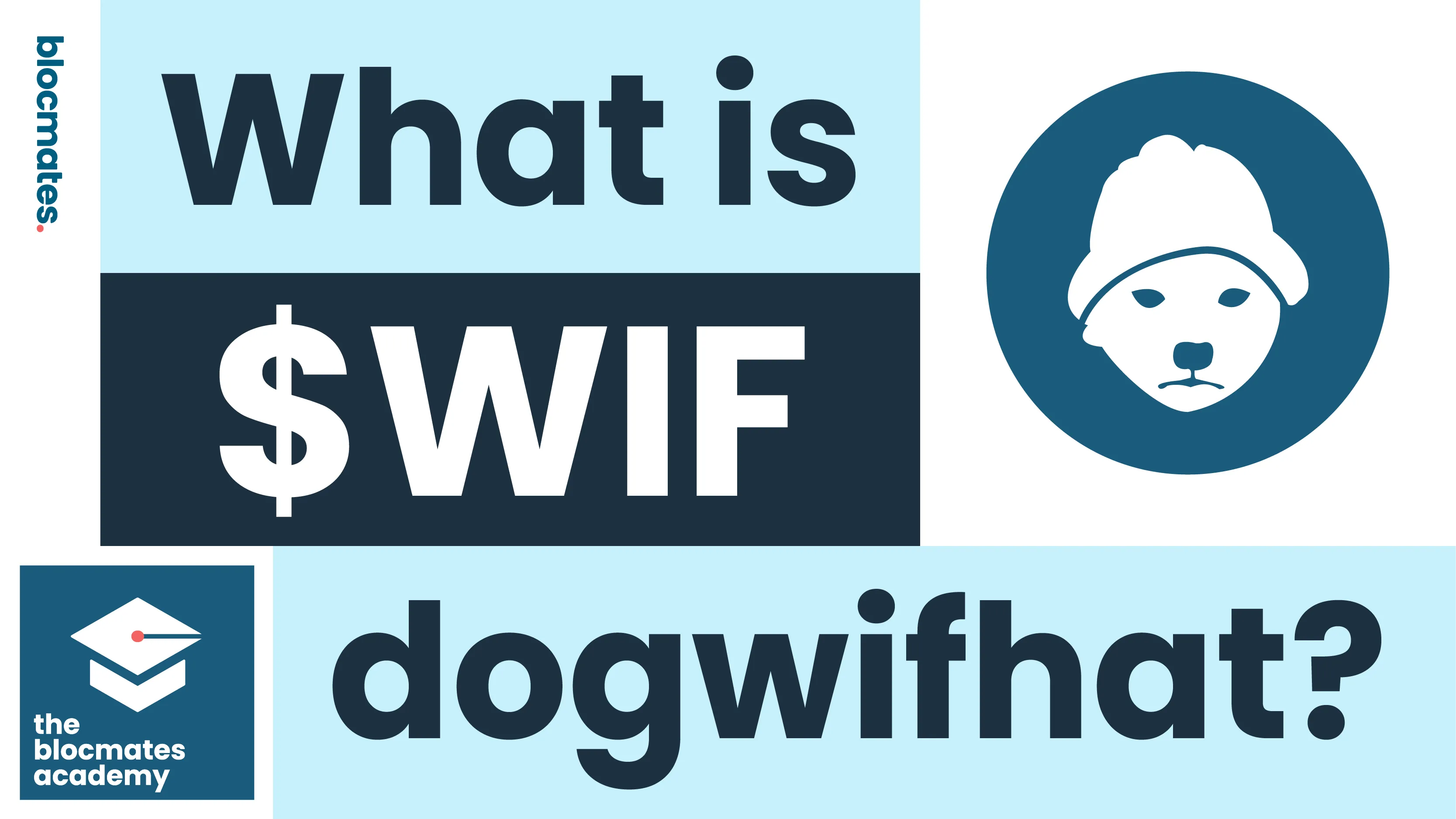


.webp)







.webp)
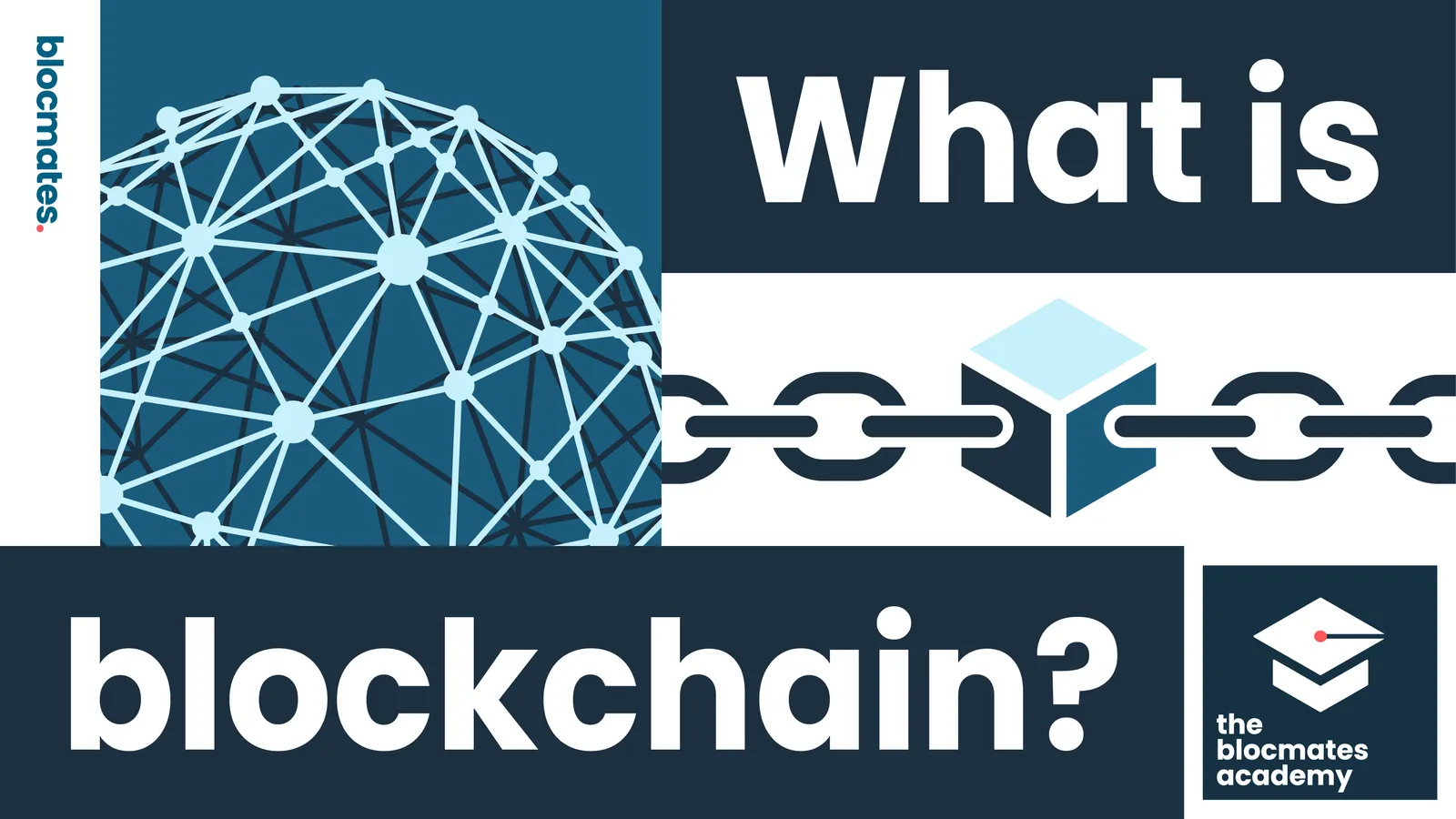



.webp)









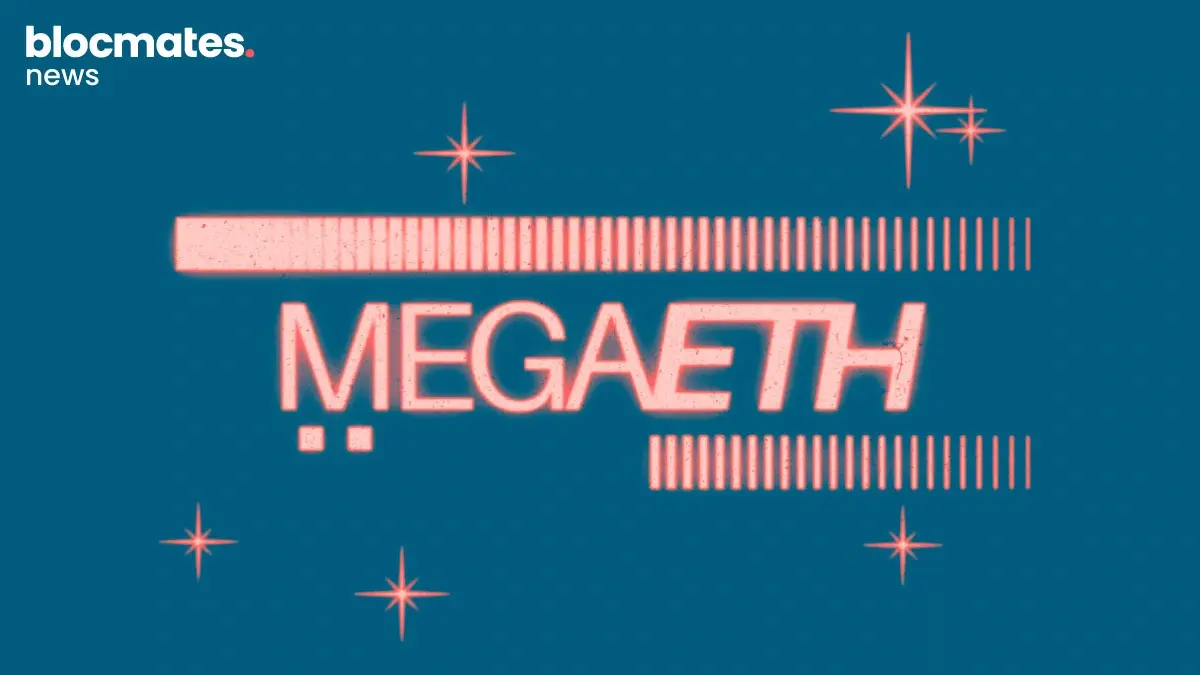




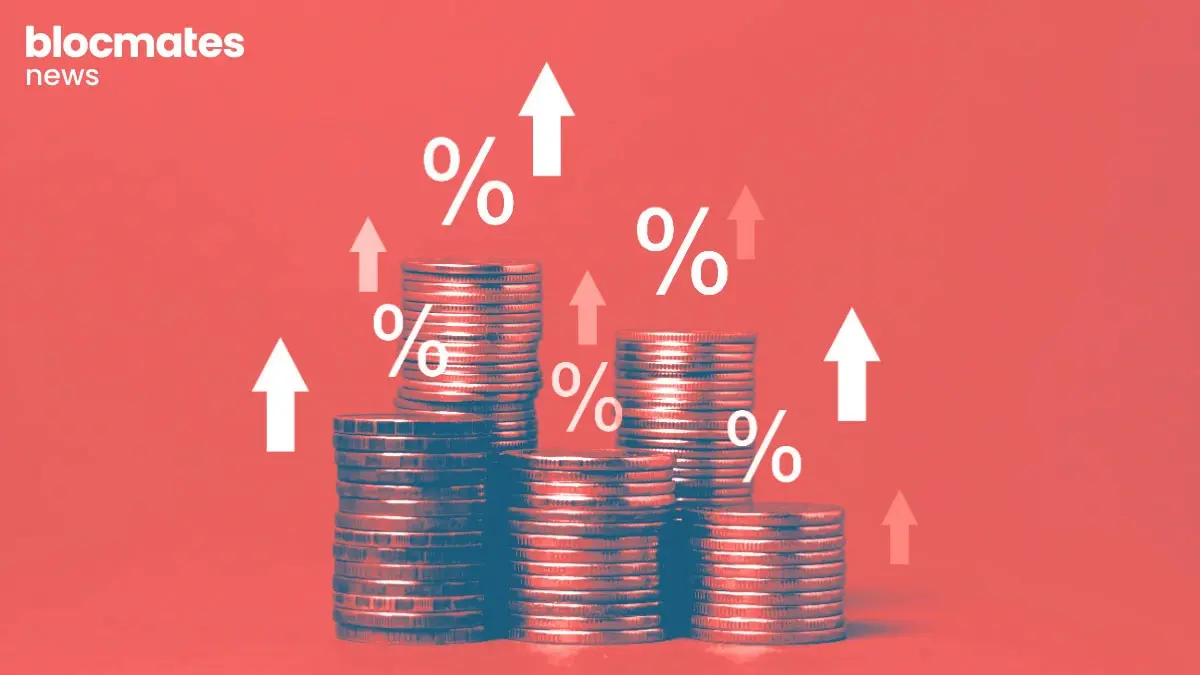

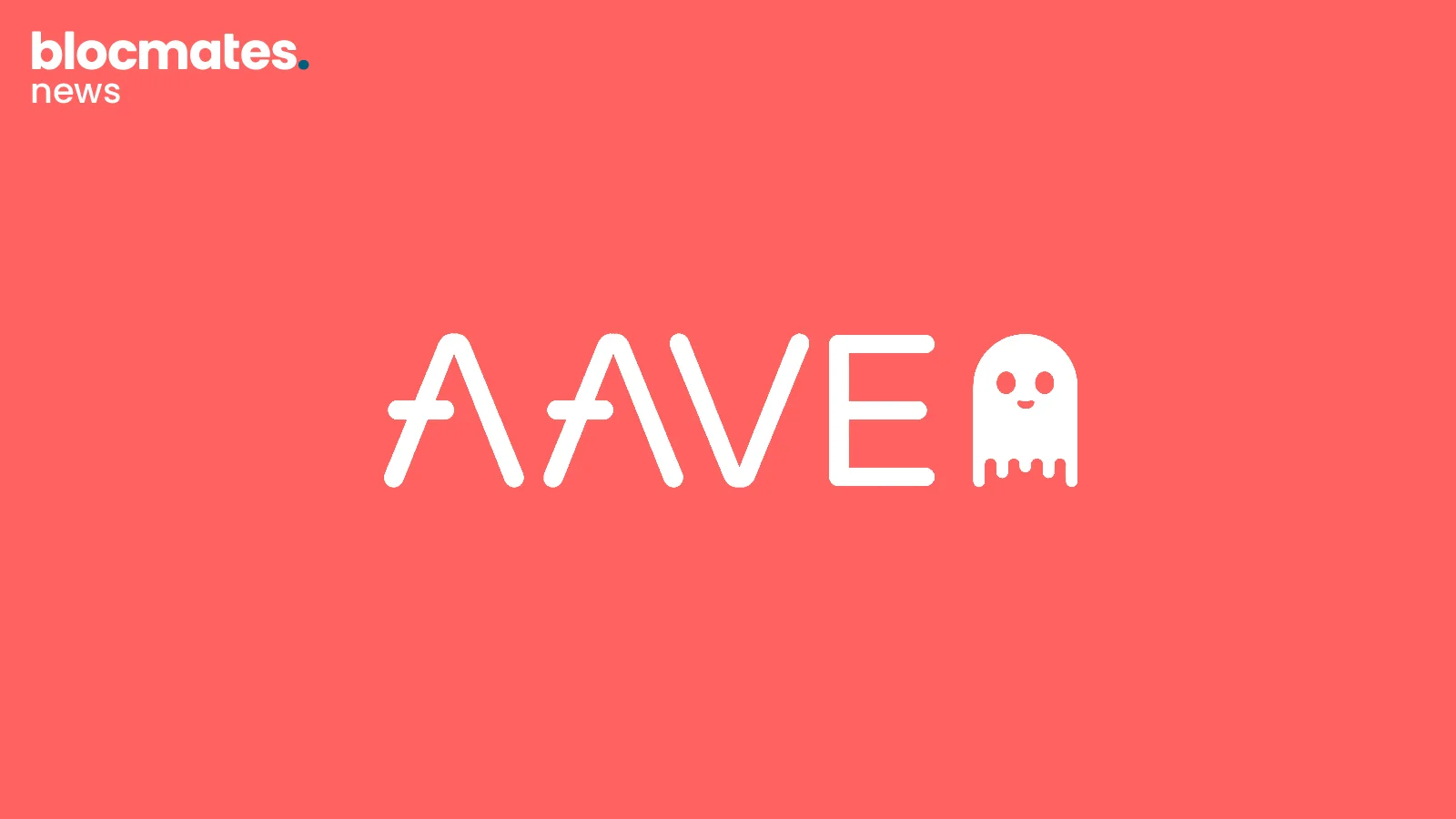
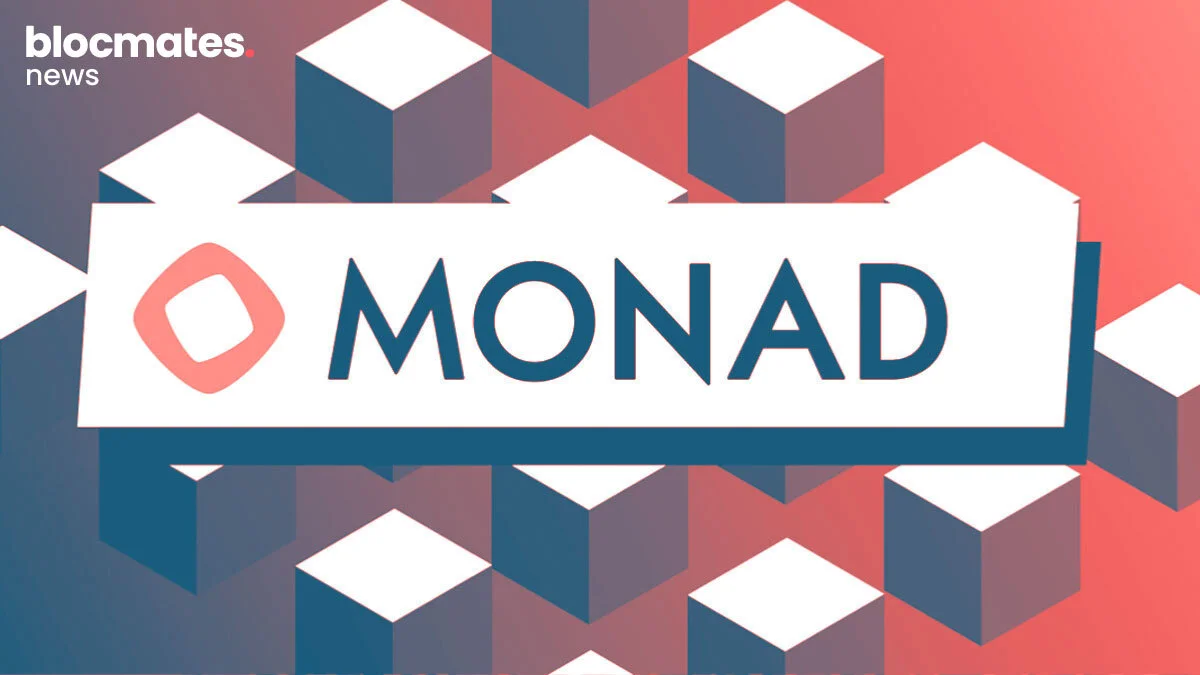
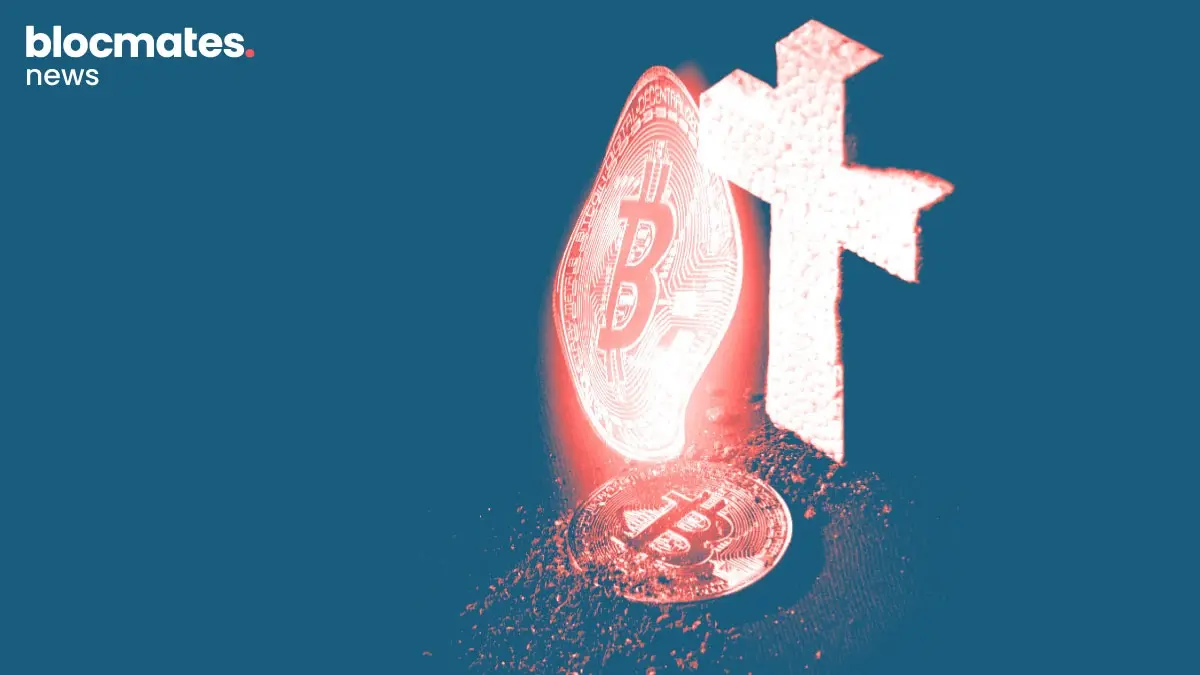

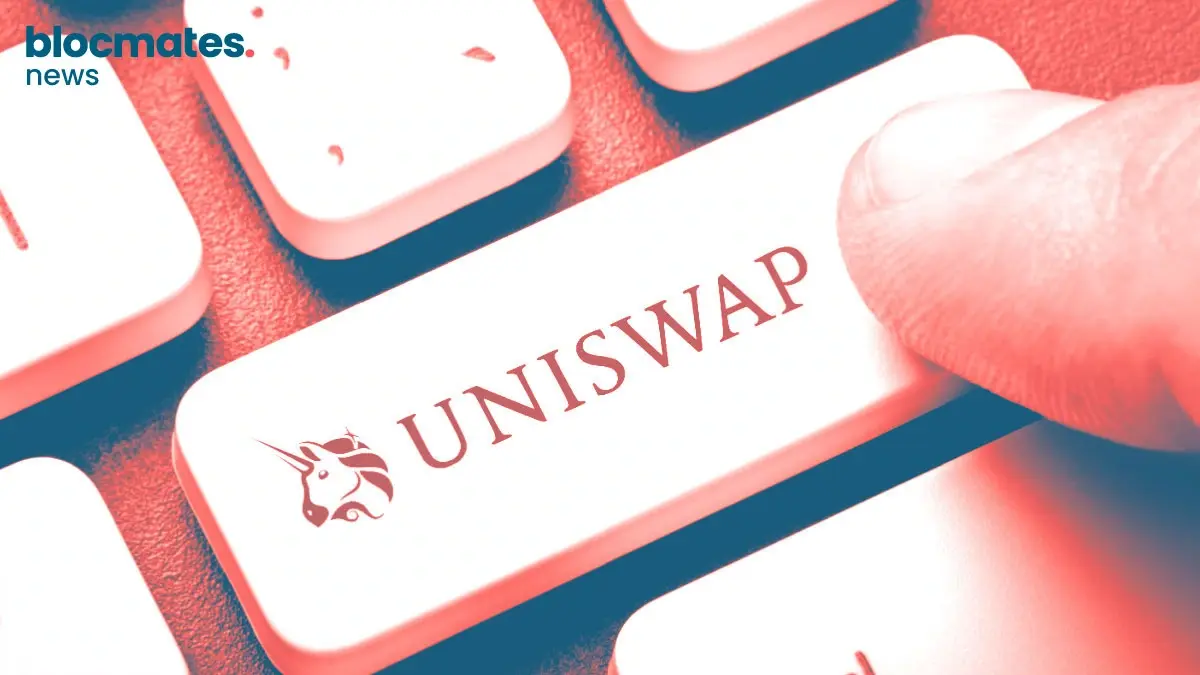

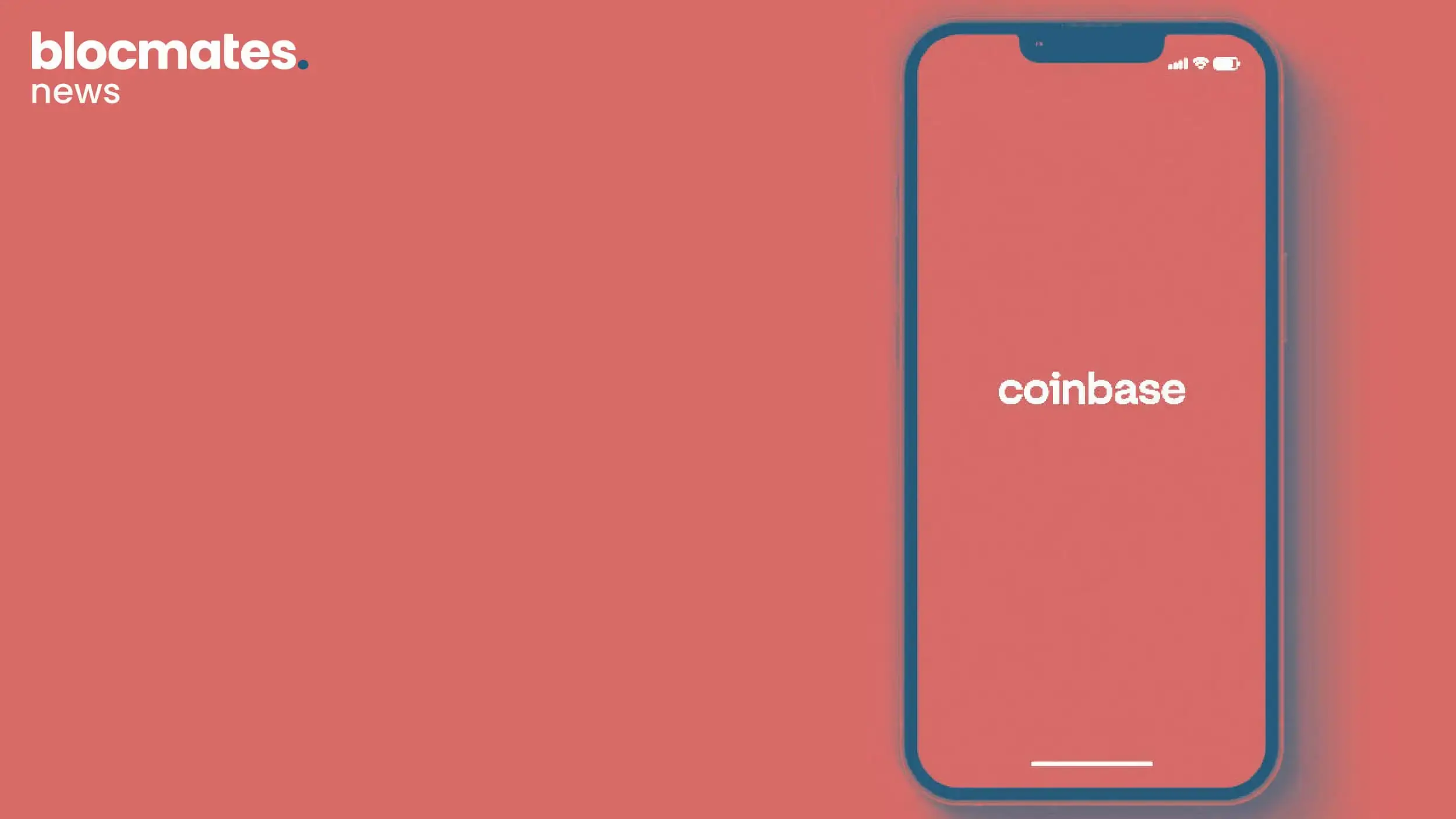

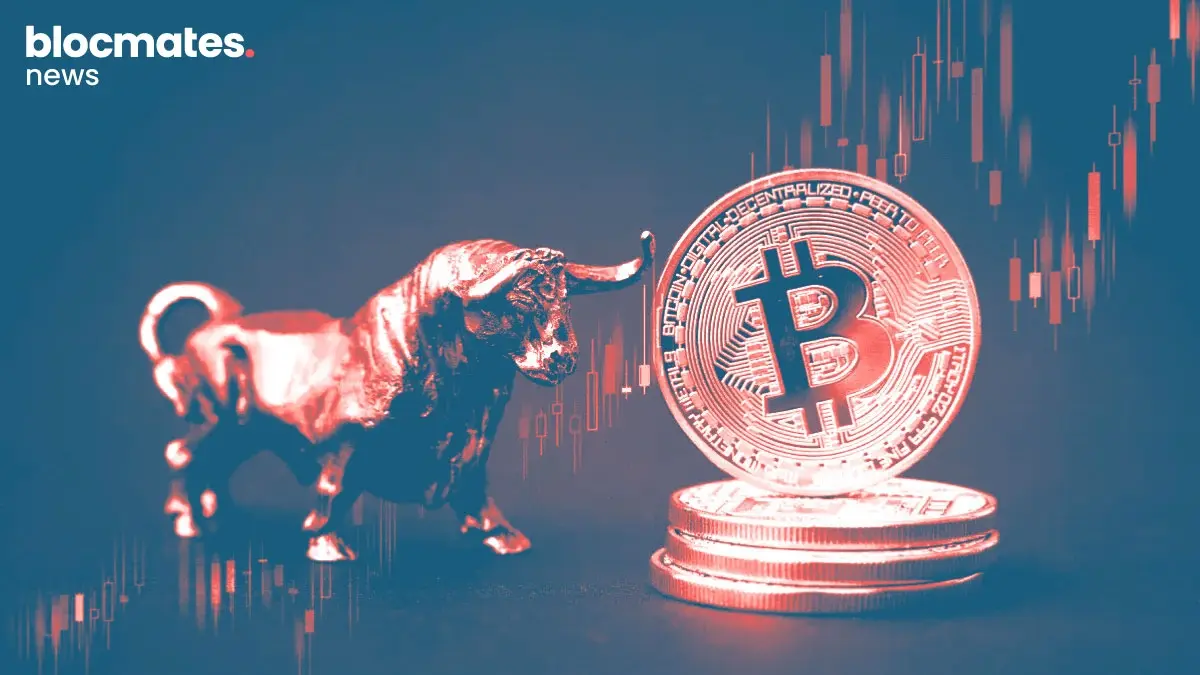

.webp)
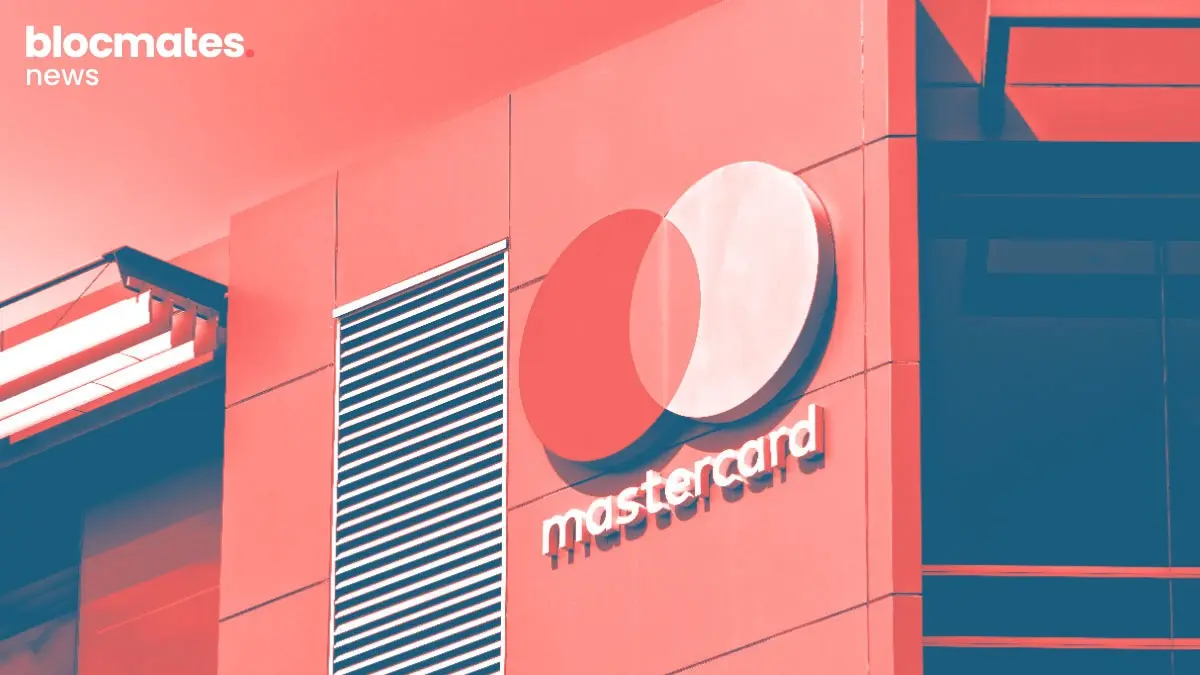




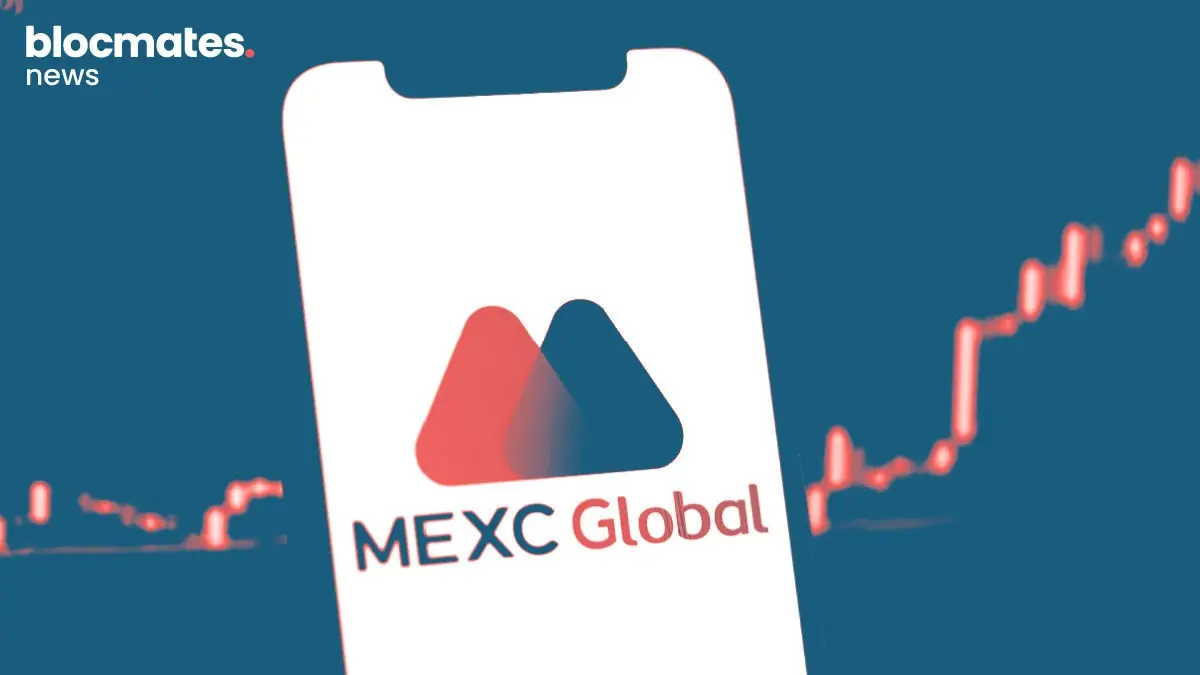

.webp)


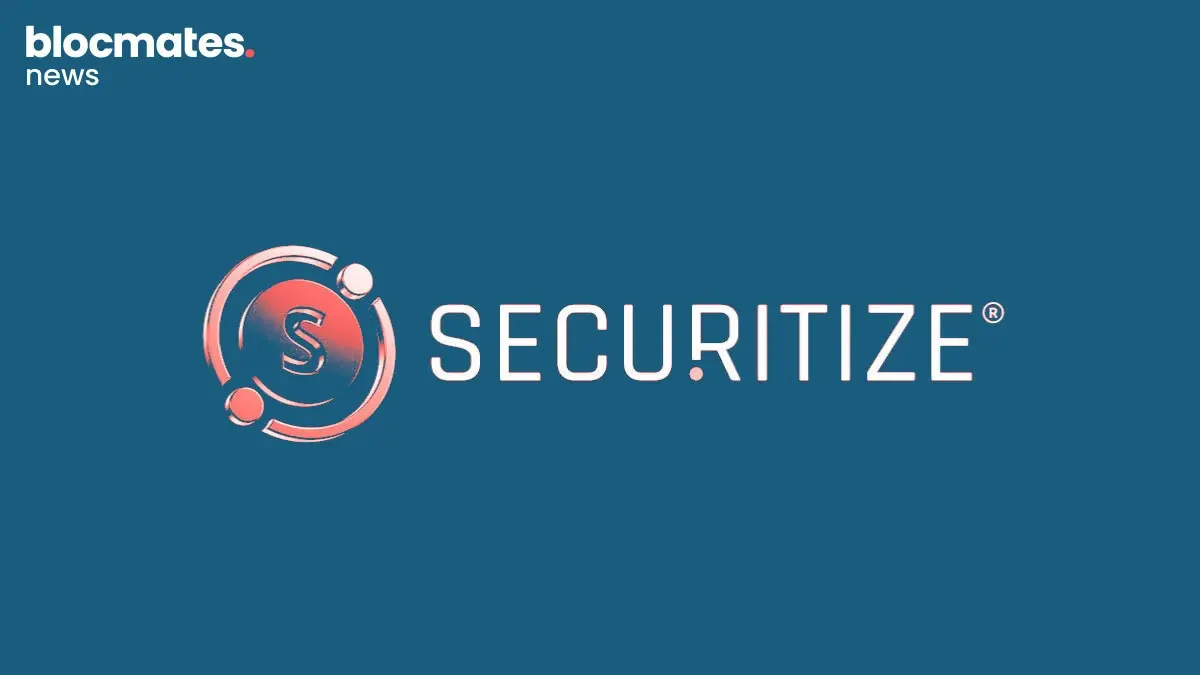
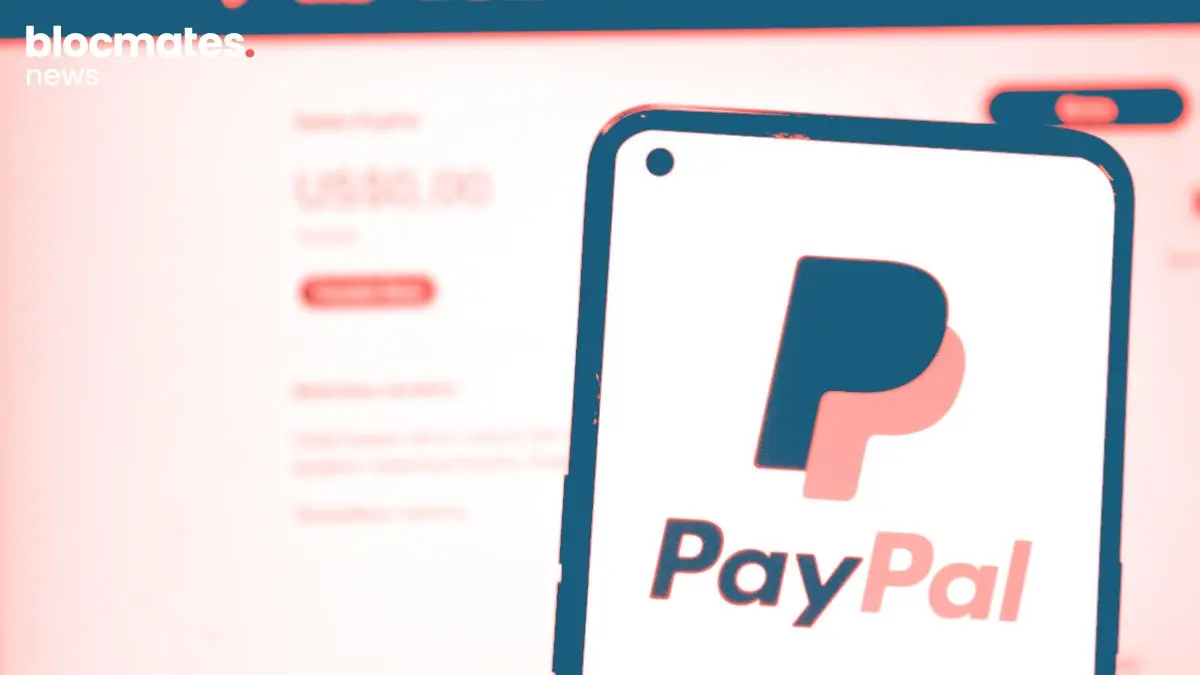
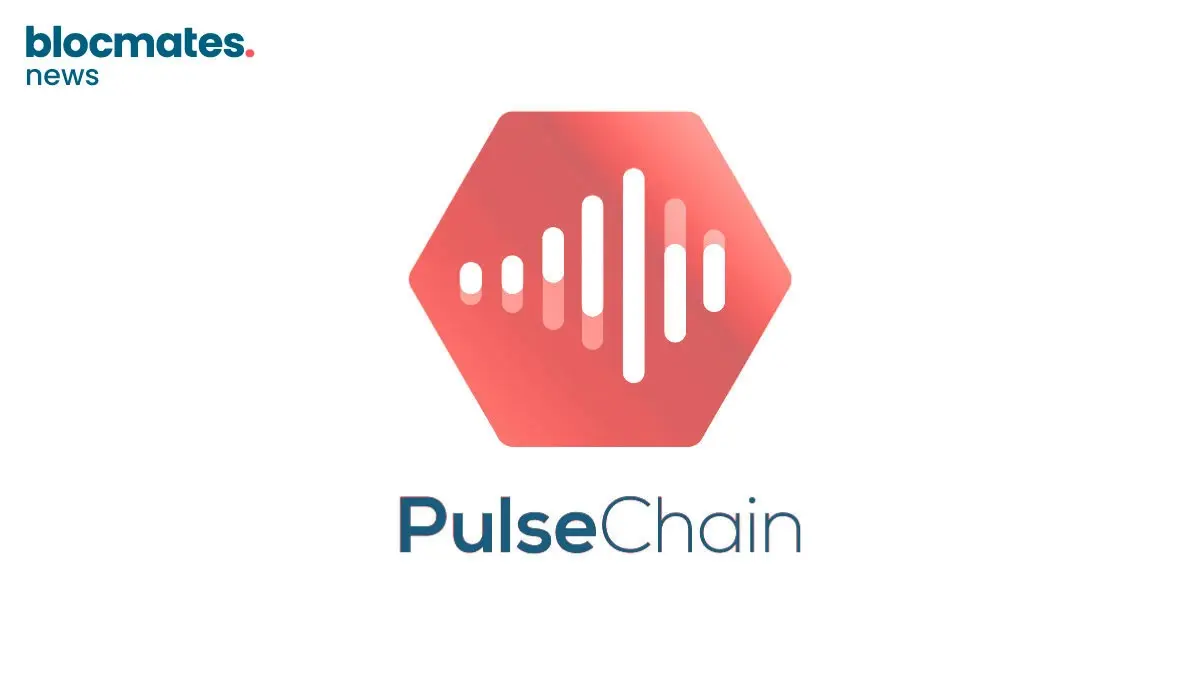
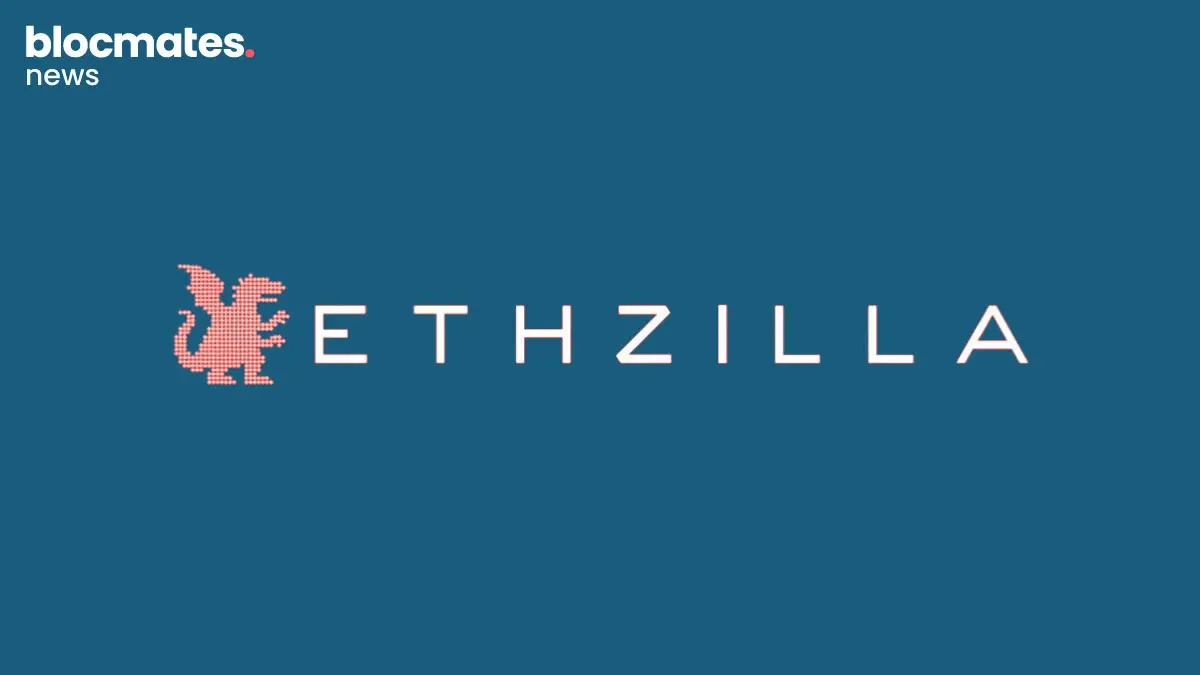
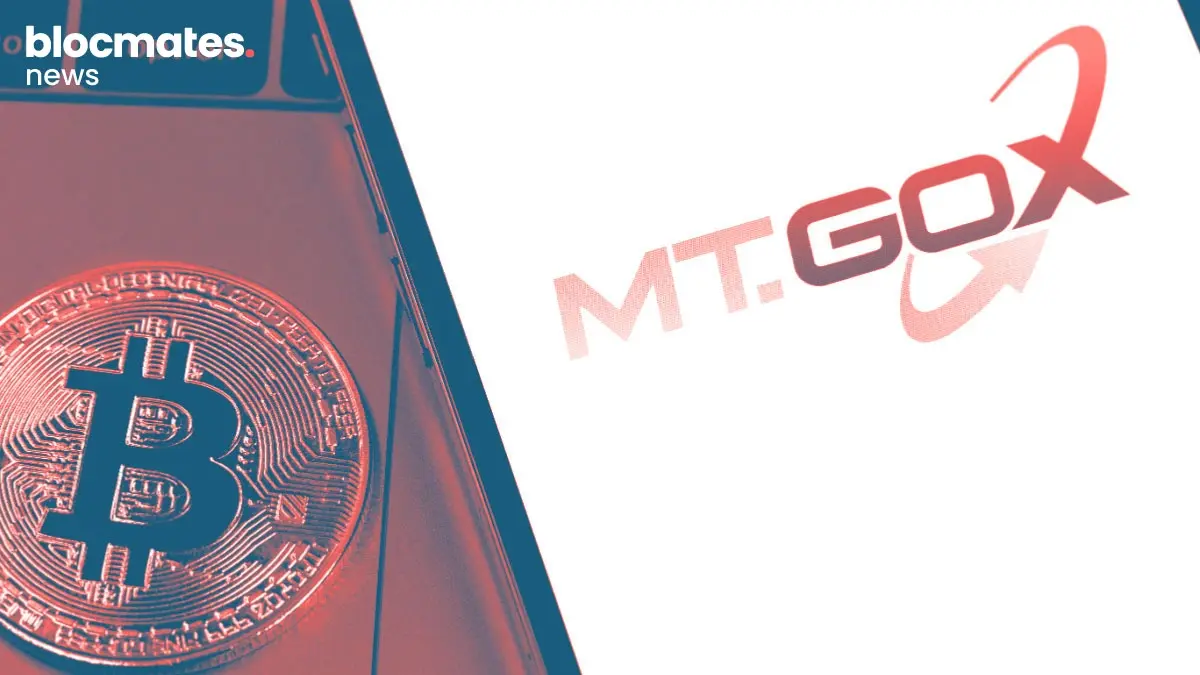

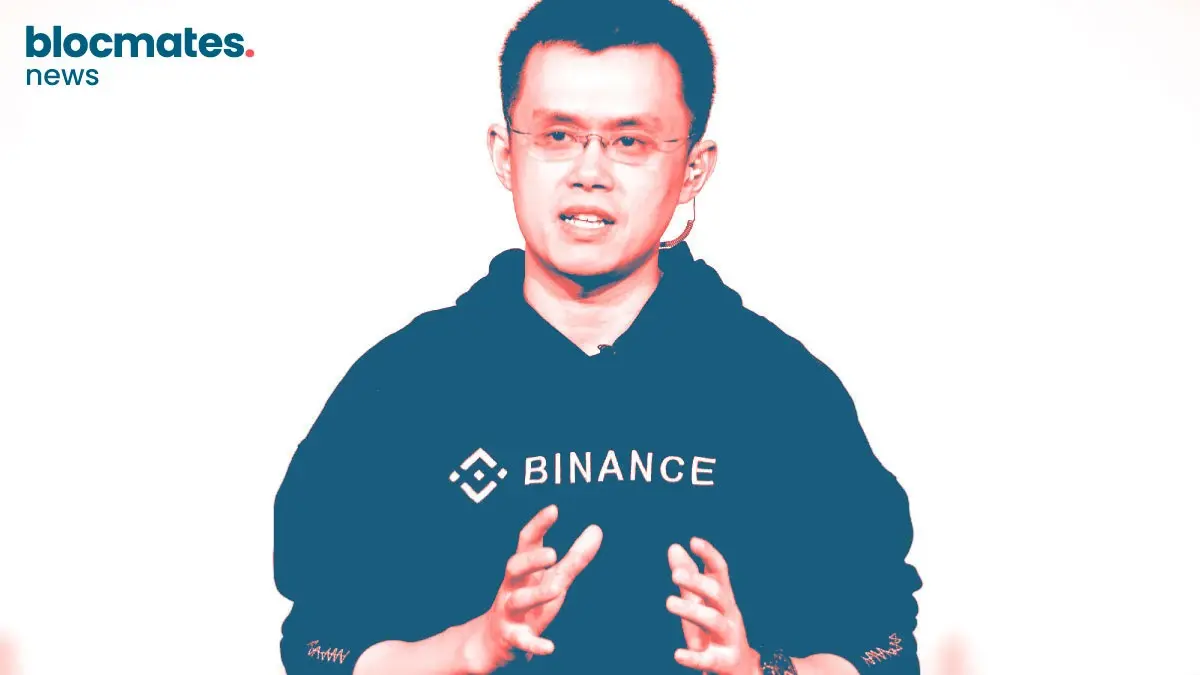


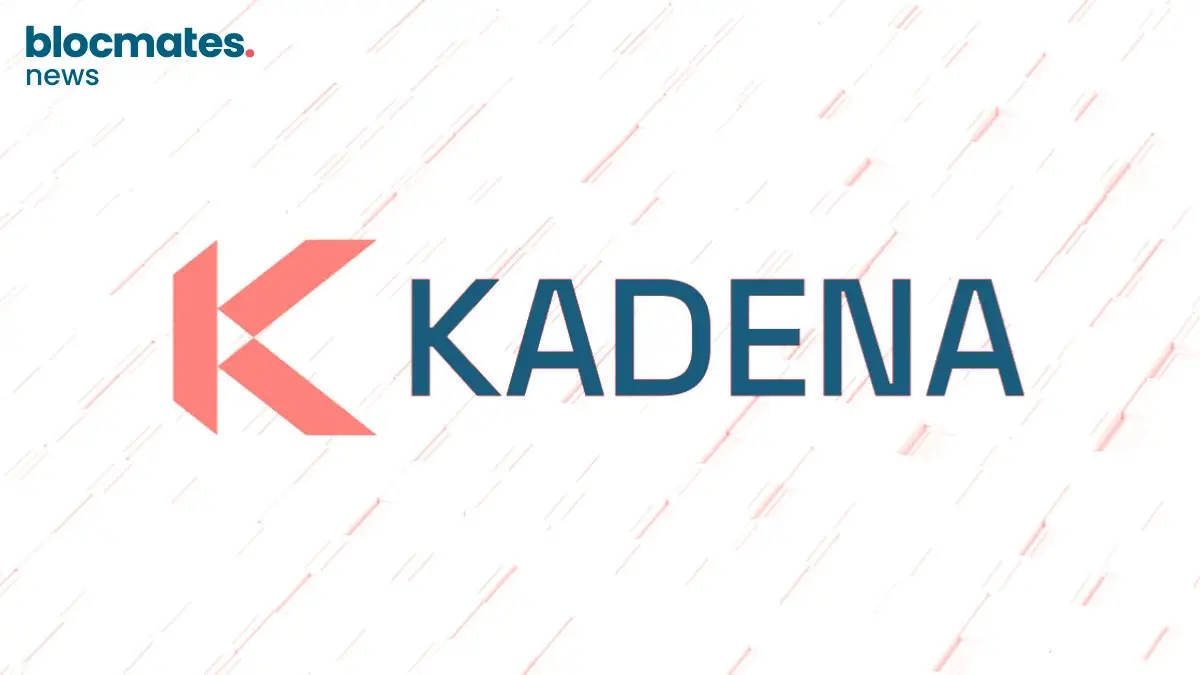

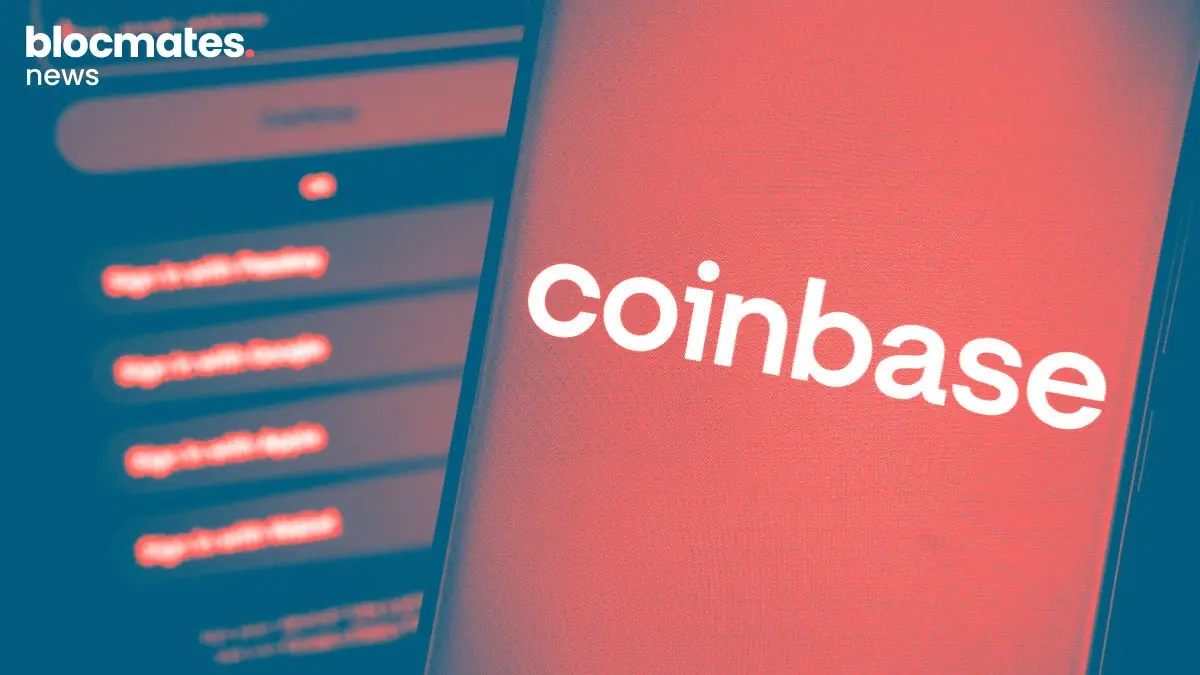
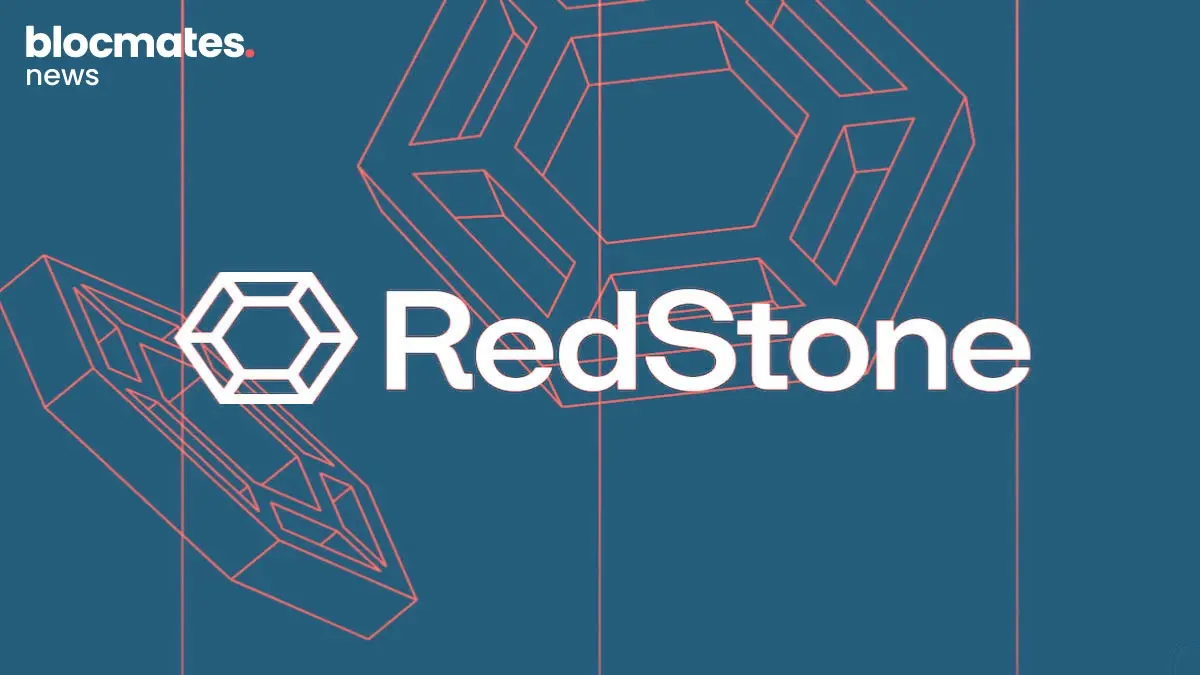
.webp)
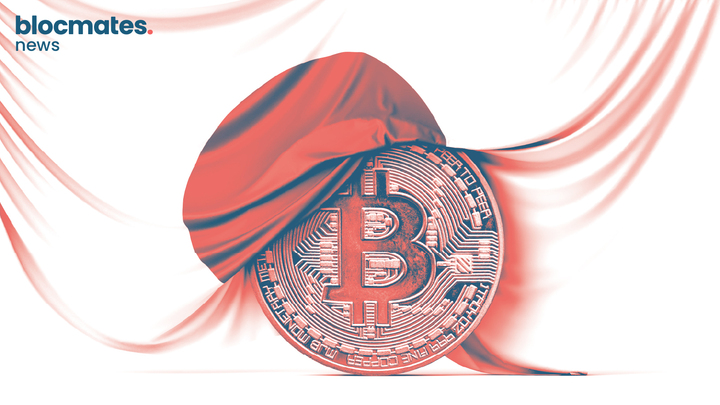
.webp)
.webp)

.webp)


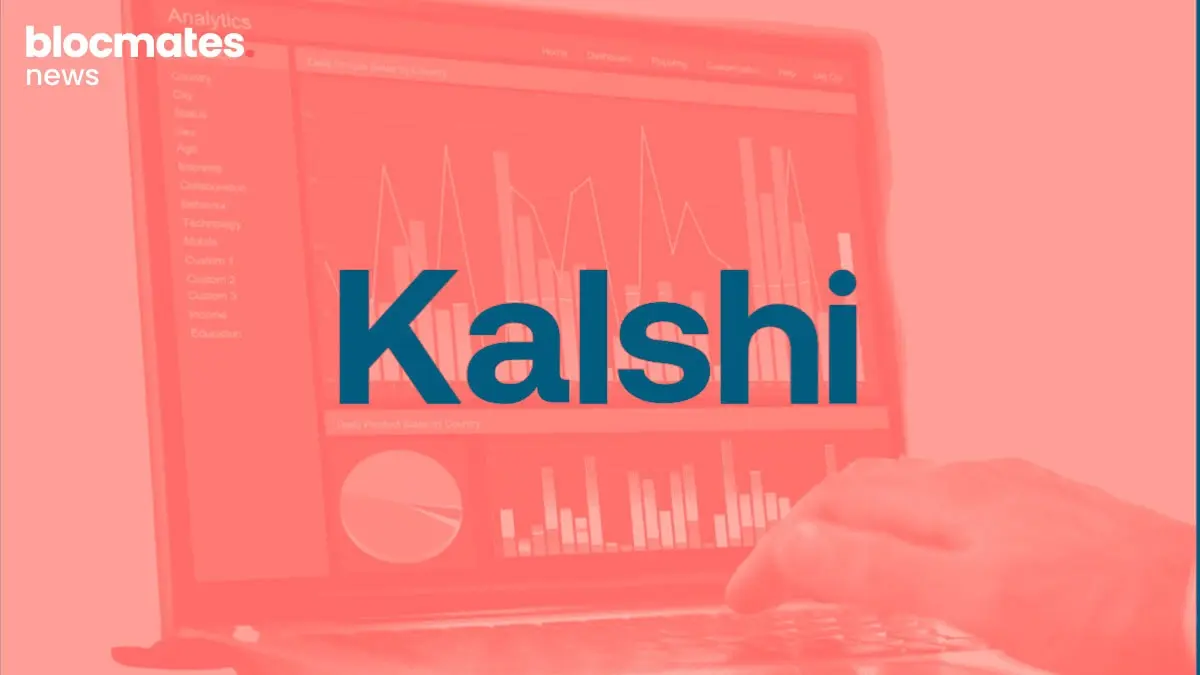
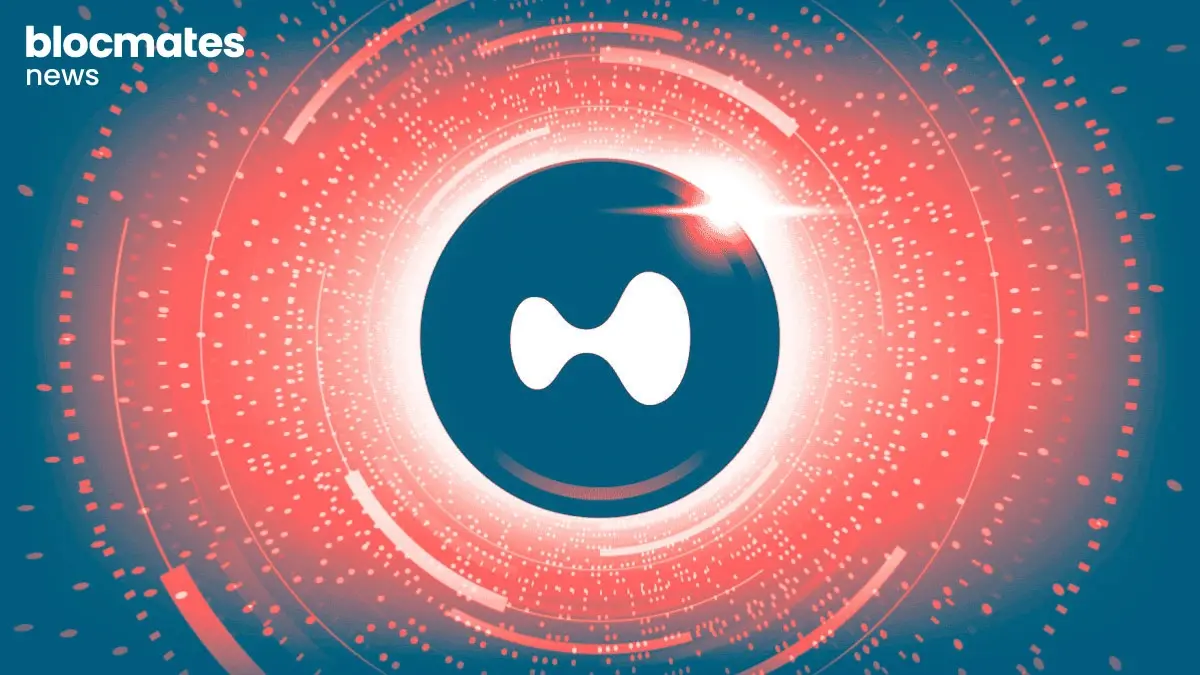


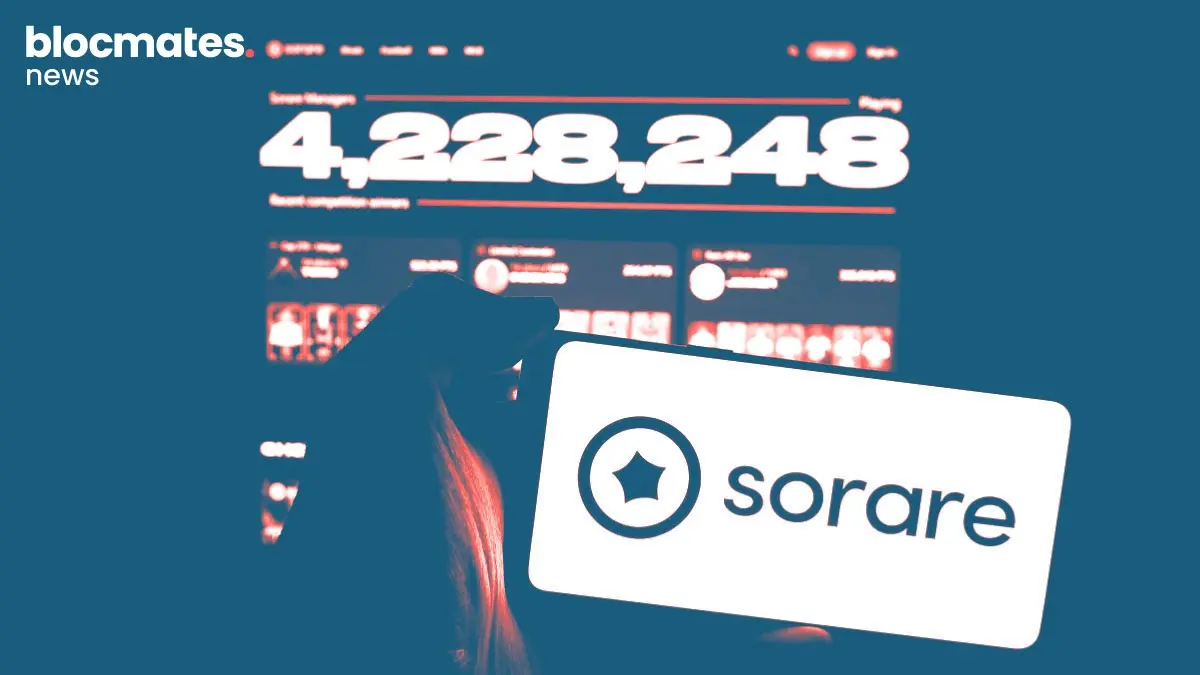

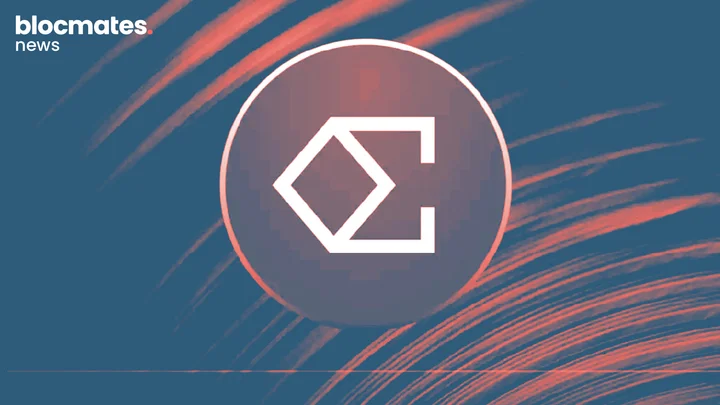


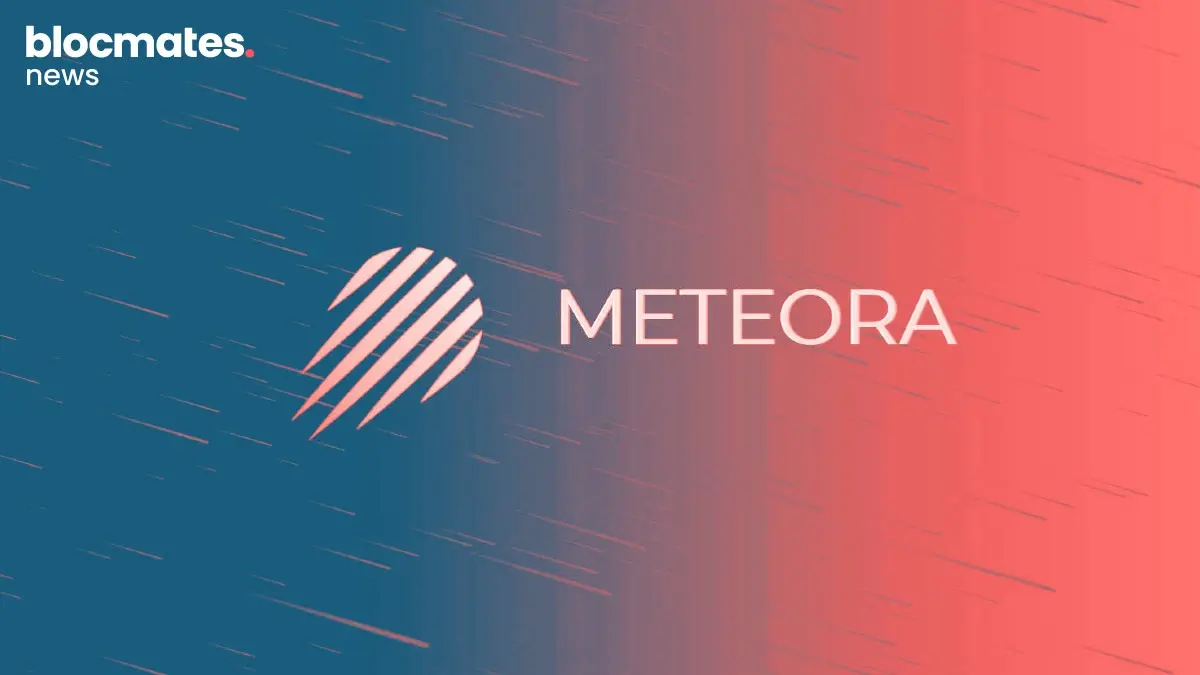


.webp)

.webp)

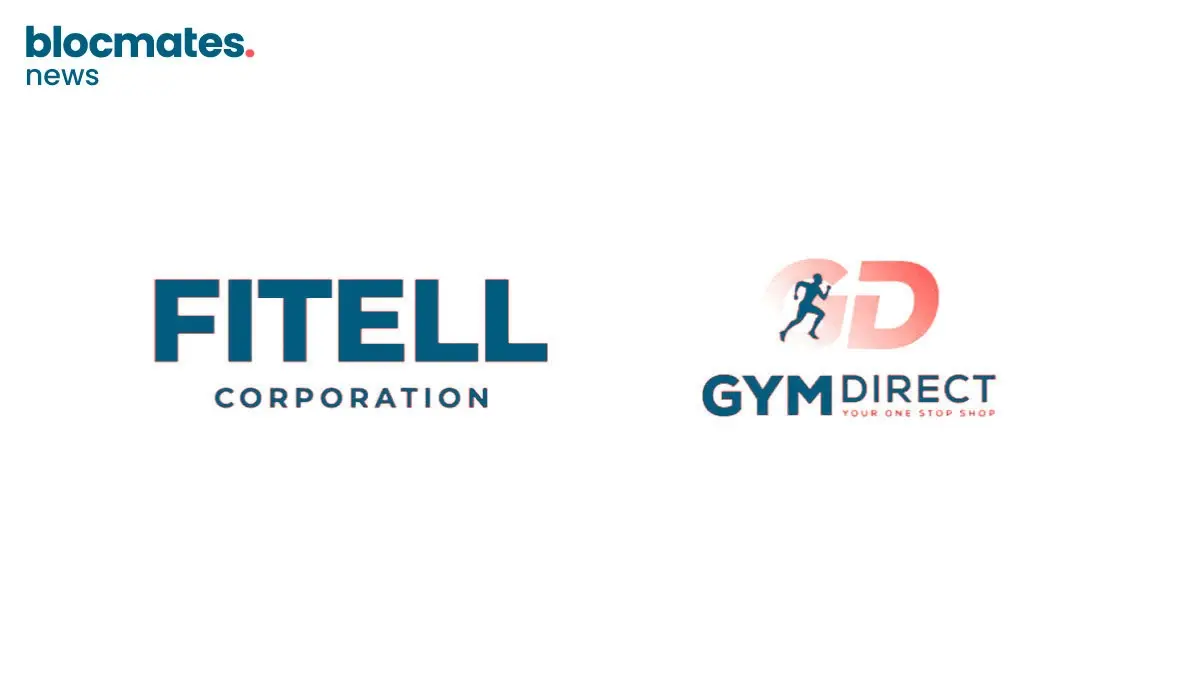
.webp)

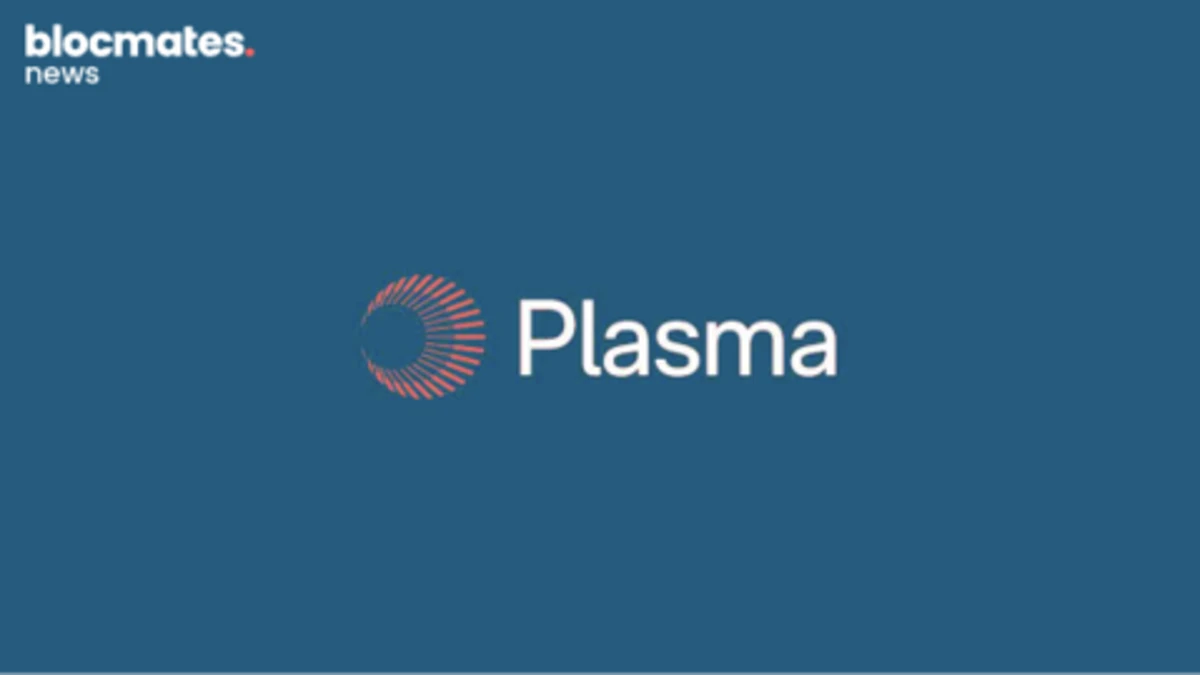

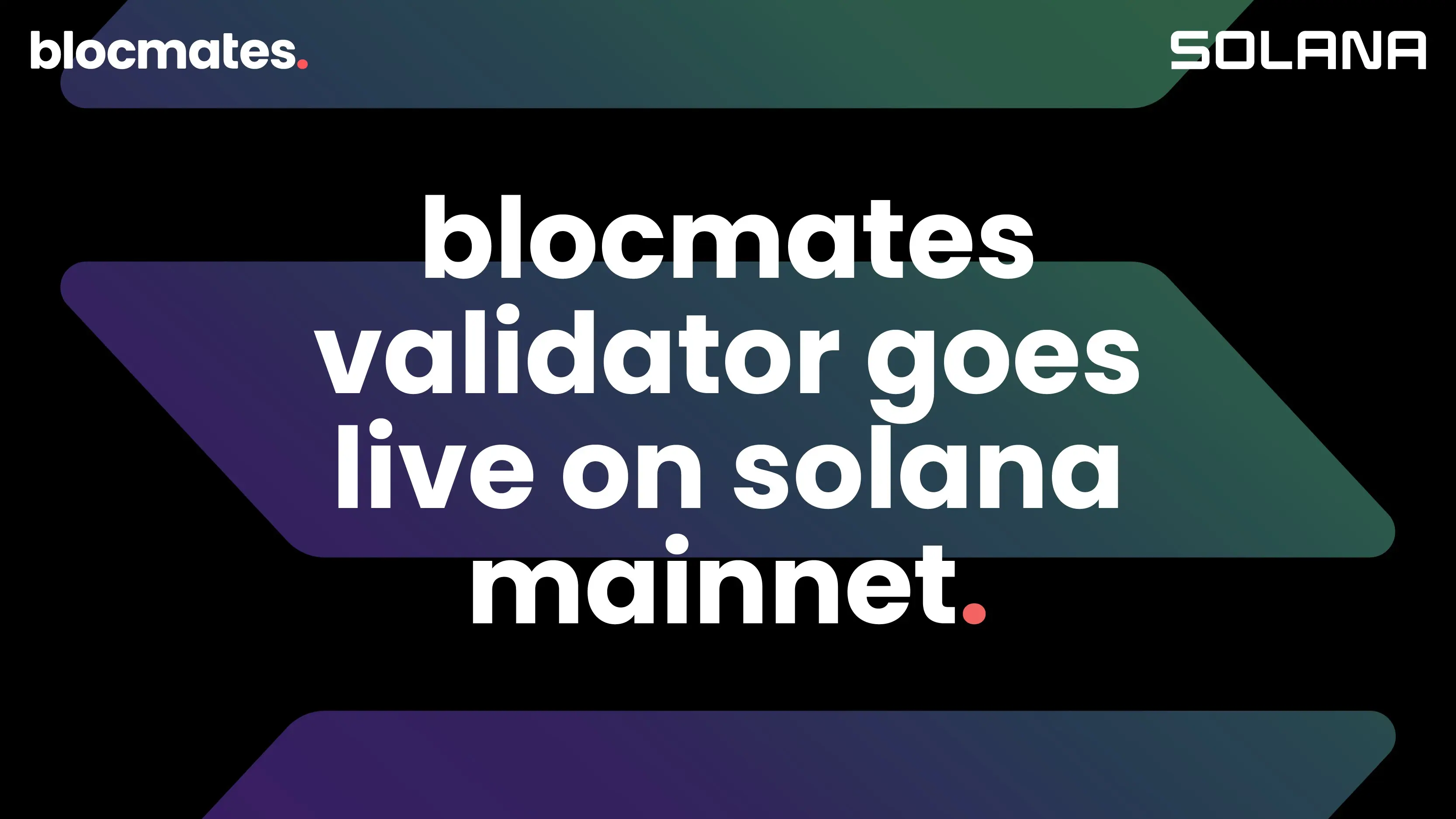
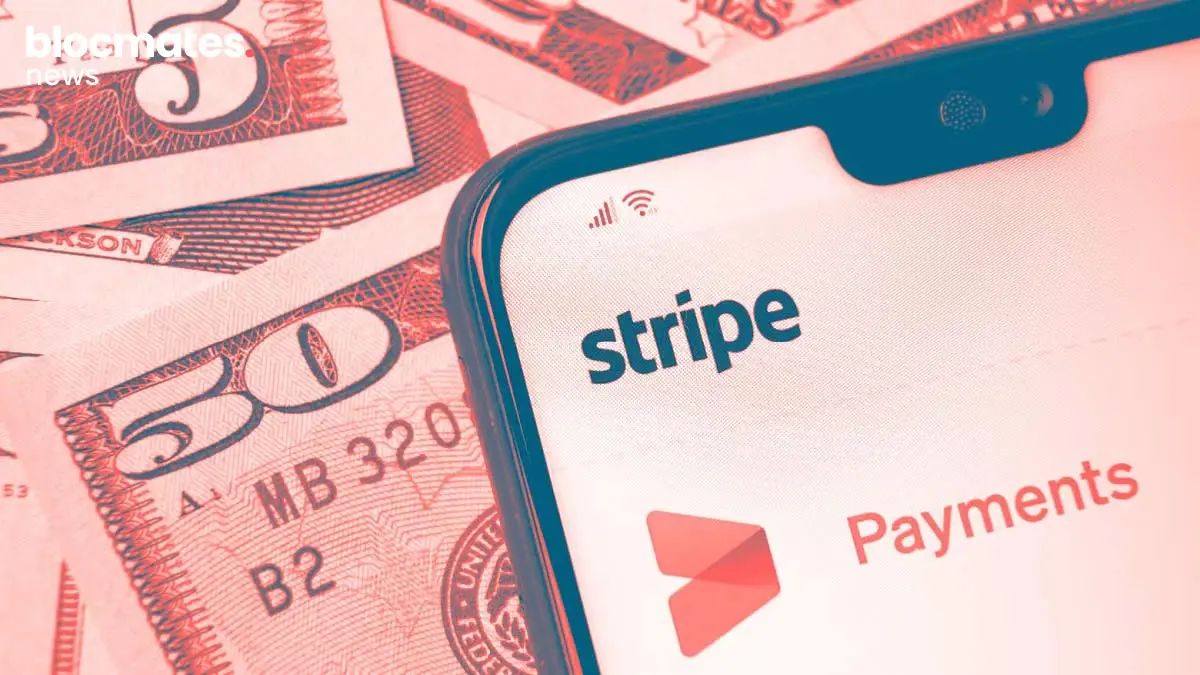
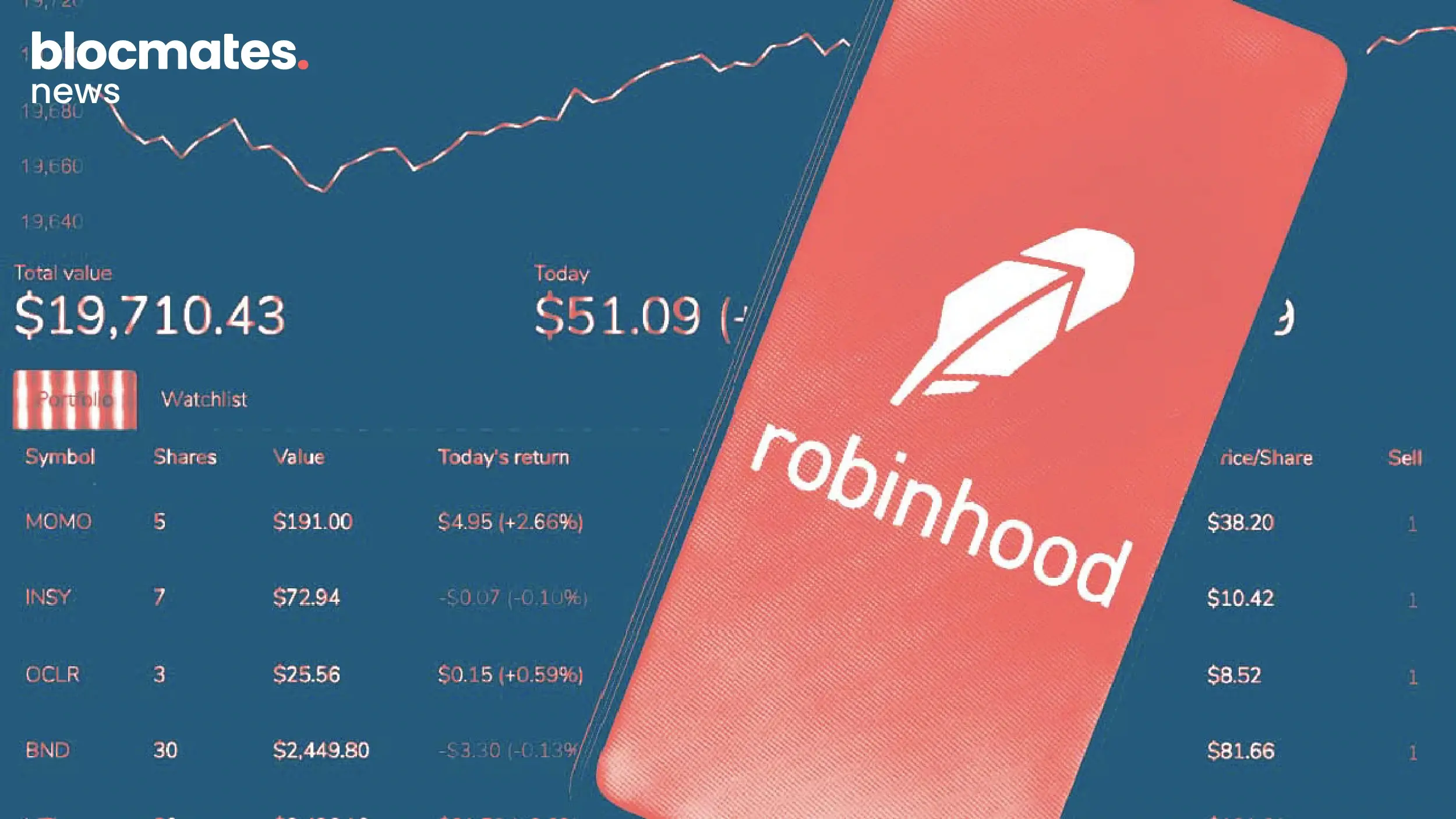


.webp)
